- N Line pack available across the Tucson range
- Still practical and great quality inside
- N Line doesn't take away from Tucson's comfort
- No engine upgrades is frustrating for an N Line
- Dual-clutch automatic needs a lot of work
- N Line pack makes more sense on lower-spec cars
We’ve become big fans of the latest generation of Hyundai Tucson. Launched only last year, the ‘NX4’ generation of Tucson is more polished, technologically advanced and a better all-rounder than the model it replaced. While the Australian-spec range of engines were carry-over units, the new Tucson offers much better quality and even practicality than the previous model, along with wider range for buyers of all types. We now have the final piece of the Tucson puzzle: the 2022 Hyundai Tucson Highlander N Line, so what’s it like? Let’s find out.
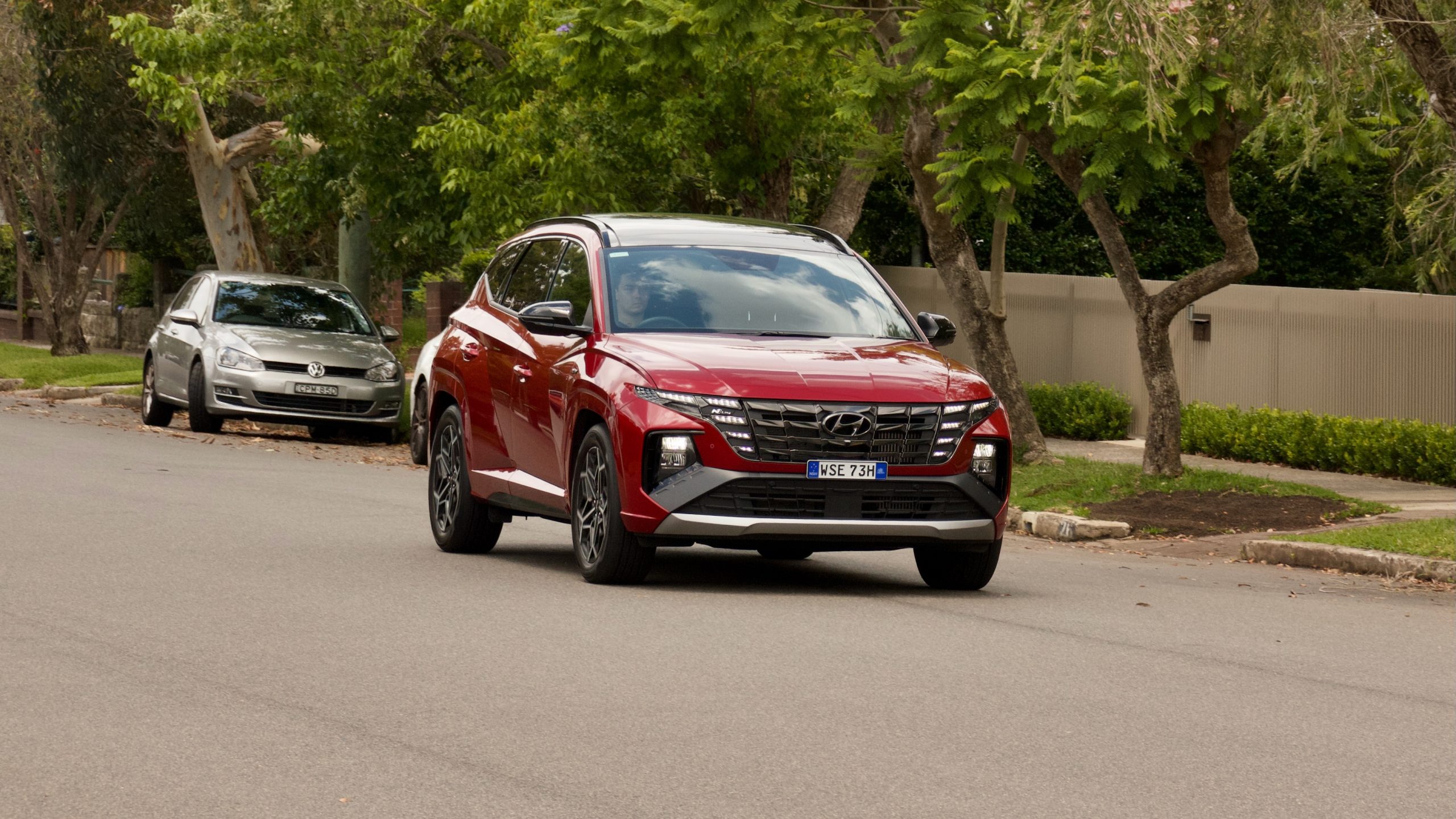
Unlike other Hyundai models in Australia, the Tucson N Line is now a package and not a model. It’s available for as little as $1,000 – though up to $3,500 on lower-spec Tucsons as it adds more kit. A bodykit, 19-inch wheels, suede and leather upholstery and lots of N Line badges are part of the deal – though if you choose an Elite or base Tucson, LED headlights and a digital driver’s display are part of the deal. If you’re coming from an i30 N Line, you’ll be shocked to see that the Tucson N Line doesn’t change the engines available with the regular models. We tested the N Line on the top-spec Tucson Highlander – though perhaps it makes more sense lower down the range.
Price & Equipment: 8/10
While pricing for the 2022 Hyundai Tucson range starts at $34,500 plus on-road costs, we tested the top-spec Highlander N Line 1.6-litre turbo AWD that starts at $51,400 plus on-road costs, which equates to around $56,500 drive away, depending on your location.
The top-spec Tucson Highlander N Line we tested features 19-inch alloy wheels, suede and leather upholstery with a leather steering wheel with N badging, LED lighting, auto lights and wipers, dual-zone climate control with rear vents, a panoramic sunroof, heated, vented and electric front seats with driver’s memory functionality, a heated steering wheel, heated second row seats, an eight-speaker Bose sound system, a 10.25-inch touchscreen with wired Apple CarPlay and Android Auto, digital radio, satellite navigation with live traffic, a 10.25-inch digital driver’s display, a wireless phone charger, four USB ports, configurable LED interior mood lighting, rear privacy glass, an auto-dimming rear mirror, keyless entry and start with remote start, an electric tailgate, heated and auto-folding mirrors and a full-size alloy spare wheel.
Safety kit includes seven airbags (including a front centre unit), auto emergency braking (AEB) with pedestrian, cyclist and intersection assistance, blind-spot monitoring with rear cross-traffic alert, a blind-spot monitoring camera, rear auto braking, lane keep assist with lane departure warning, lane trace assist, auto high beam, adaptive cruise control with stop and go functionality, tyre pressure monitoring, intelligent speed limit assist, driver attention monitoring, rear occupant alert, safe exit assist, an alarm, leading vehicle departure alert, front and rear parking sensors and a 360-degree camera.
Colours available on the Tucson N Line include our test car’s ‘Crimson Red’, ‘Phantom Black’, ’Titan Grey’, and ‘White Cream’ – only the latter is no-cost with the others priced at $595. Black with red trim inserts is the sole interior option for the Tucson N Line. The chief competitor to the 2022 Hyundai Tucson Highlander N Line is the 2.5-litre non-turbocharged petrol Mazda CX-5 GT SP, which is priced at $54,200 drive away. The CX-5 GT SP follows the same sort of sporty styling recipe as the Tucson N Line with 19-inch black wheels, black exterior details and a general sporting nature – though not with a larger engine compared with other CX-5 models.
Performance & Economy: 6/10
Because the N Line in the Tucson range is a package, and not a separate model – unlike the i30, for example – you get the usual choice of Tucson engines: a 115kW/192Nm 2.0-litre petrol, a 132kW/265Nm 1.6-litre turbo petrol or a 136kW/440Nm 2.0-litre diesel, the latter two come with all-wheel drive. We’ve found the Tucson’s engine range hardly inspiring as the 2.0-litre naturally aspirated unit is just adequate, the 1.6-litre turbo petrol is slightly better but is ruined by the dopey dual-clutch automatic and the diesel is quite nice, but it’s expensive and diesel powerplants aren’t suited to everybody.
The Tucson’s 1.6-litre turbo petrol engine is unchanged in the N Line, which means that while it offers reasonable performance, it’s completely ruined by the seven-speed dual-clutch automatic transmission because it’s very indecisive at low speeds, it rides its clutches a lot and it’s not refined at all. If you don’t need all-wheel drive – and many SUV buyers don’t – we still suggest buying the entry-level 2.0-litre petrol engine that saves you $3,500.
Hyundai claims that the Tucson 1.6T will use 7.2L/100km on a combined cycle, and we achieved 9.4L/100km in our testing, which is around half a litre less than what we achieved in the 2.0-litre Tucson. It can run on 91RON fuel and features a 54-litre tank.
What would really make the Tucson N Line better – perhaps as a standalone model and not a package – would be the use of the Sonata N Line’s 216kW/420Nm turbocharged 2.5-litre petrol engine and superior eight-speed dual-clutch automatic transmission, which is available in the Santa Fe in some markets. Even the higher-output 150kW version of the 1.6-litre turbo petrol that’s used in the i30 N Line would give the Tucson some more spunk under the bonnet.
Ride & Handling: 8/10
While the 2022 Hyundai Tucson Highlander N Line may look sporty and firm, it’s mechanically identical to the regular Tucson, which means that it’s still quite comfortable and good to drive. The N Line package is purely cosmetic, which means that the suspension is no firmer than the regular Tucson – the only difference to ride are 19-inch wheels, but the Highlander spec has those anyway. The N Line does have slightly more supportive seats, which work a treat.
Unlike other Hyundai models, the ‘NX4’ generation Tucson that you see here isn’t locally tuned for Australia. Because of the pandemic, Hyundai wasn’t able to get Australia-specific suspension settings for the Tucson, instead we get the European tune and it’s still pretty good. The ride quality is great despite larger 19-inch wheels and so is the body control and general handling balance. Like the regular Tucson, the N Line’s road noise levels are hushed and its visibility is good as well. This really is one of the better driving SUVs.
Interior & Practicality: 9/10
The interior of the new generation 2021 Hyundai Tucson Highlander N Line 1.6T is one of our favourites in the mid-size SUV segment. Gone is the cheap-feeling and lacklustre dashboard design and in its place is a much more cohesive, modern and higher-quality cabin that is at the pointy end of the medium SUV class. As a bonus, it’s properly roomy as well, unlike the cramped Mazda CX-5.
The cabin layout is modern, and its materials are good quality as well with soft-touch panels covering most of the dashboard and doors. We really like the N Line-specific cloth inserts with red trims on the top of the doors and dashboard, as well as the horizontal vent that runs the width of the dashboard, which makes it feel roomier. The suede and leather upholstery of the N Line is quite nice to touch as well, while the sports fronts seats are both supportive and comfortable.
Centre of the cabin is Hyundai’s new 10.25-inch touchscreen with wired Apple CarPlay and Android Auto, inbuilt navigation with live traffic and digital radio. The system is quick, it’s got an excellent quality screen and the eight-speaker Bose sound system is nice and punchy as well. Plus, the 360-degree parking camera is excellent with a detailed view and a good range of adjustability. Curiously though, the smartphone mirroring is wired, which is fine – but in the base model’s smaller 8.0-inch screen, it’s wireless.
We like the climate control’s “soft” setting which gently wafts cooled or heated air through small holes across the whole dashboard, giving a gentle, calming ambiance without the whoosh sometimes felt when the climate control is cranked.
The Tucson’s cabin is quite practical with a big centre bin, large cup holders, big door pockets and a large tray with a wireless phone charger ahead of the gearbox. The all-wheel drive Tucson’s transmission is selected with buttons, which frees up more space on the centre console.
The Tucson’s rear cabin is very roomy as well – certainly more so than the CX-5 and on par with the Tiguan. It’s well featured as well with bottle holders, a reclining backrest, a centre arm rest with cupholders, heated outboard seats, vents and two USB ports to charge devices. It’s only missing a third climate zone – which European models get – and window shades.
The Tucson’s boot is rated at 539-litres – more than 100L larger than the CX-5 – and the AWD model’s boot is the same size as the 2WD variant. Folding the seats unlocks 1,860L, which is a massive 518L more than the CX-5. The boot features a few hooks as well, tabs to fold the seats and there’s a full-size alloy spare wheel under the floor.
Service & Warranty: 8/10
Like all other new Hyundai products in Australia, the 2021 Hyundai Tucson Highlander N Line comes with a five-year/unlimited km warranty with a year of roadside assistance that’s topped up with each dealer service up to five years. Mazdas also come with five years/unlimited km of warranty, but they also Mazda have roadside assistance for the warranty duration regardless of where it’s serviced.
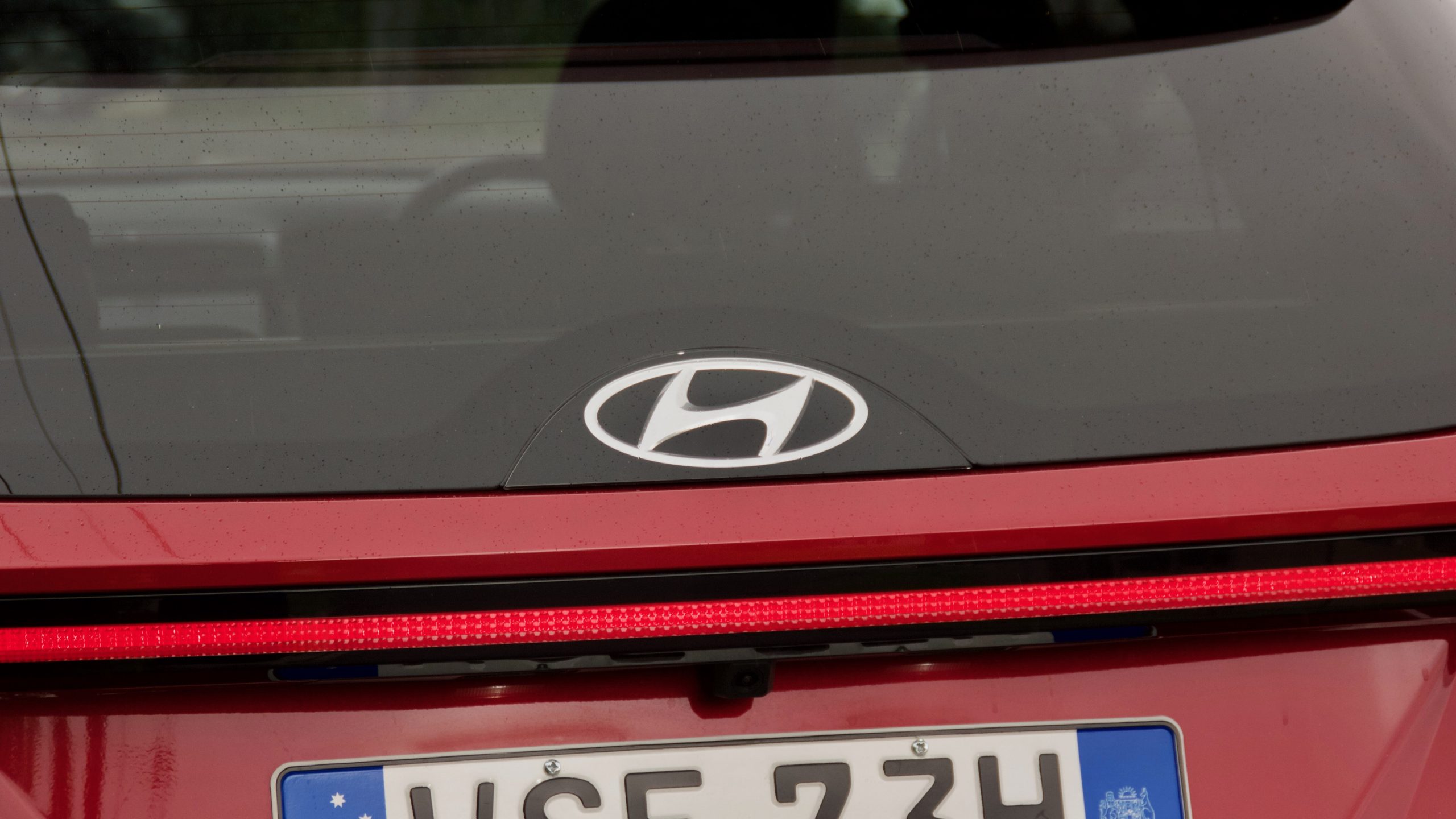
Unlike the Tucson 2.0-litre petrol, the 1.6-litre turbo petrol’s service intervals are a shorter 10,000km, which is short against the industry average of 15,000km. Each of its first five services cost $319, which is the same as the 2.0L Tucson, but with 5,000km fewer between each service. The Mazda CX-5 features the same short service intervals as the Tucson, and its service cost over five years/50,000km is $1,969 ($394 per service).
The 2022 Hyundai Tucson Highlander N Line 1.6T AWD DiscoverAuto Rating: 7.8/10
It’s clear that the 2022 Hyundai Tucson Highlander N Line is a worthy addition to the Tucson range by adding a sportier styling treatment, which is something that buyers seem to love these days. It doesn’t hinder the Tucson’s abilities either – it still drives well, looks good, is comfortable, practical and good value for money.
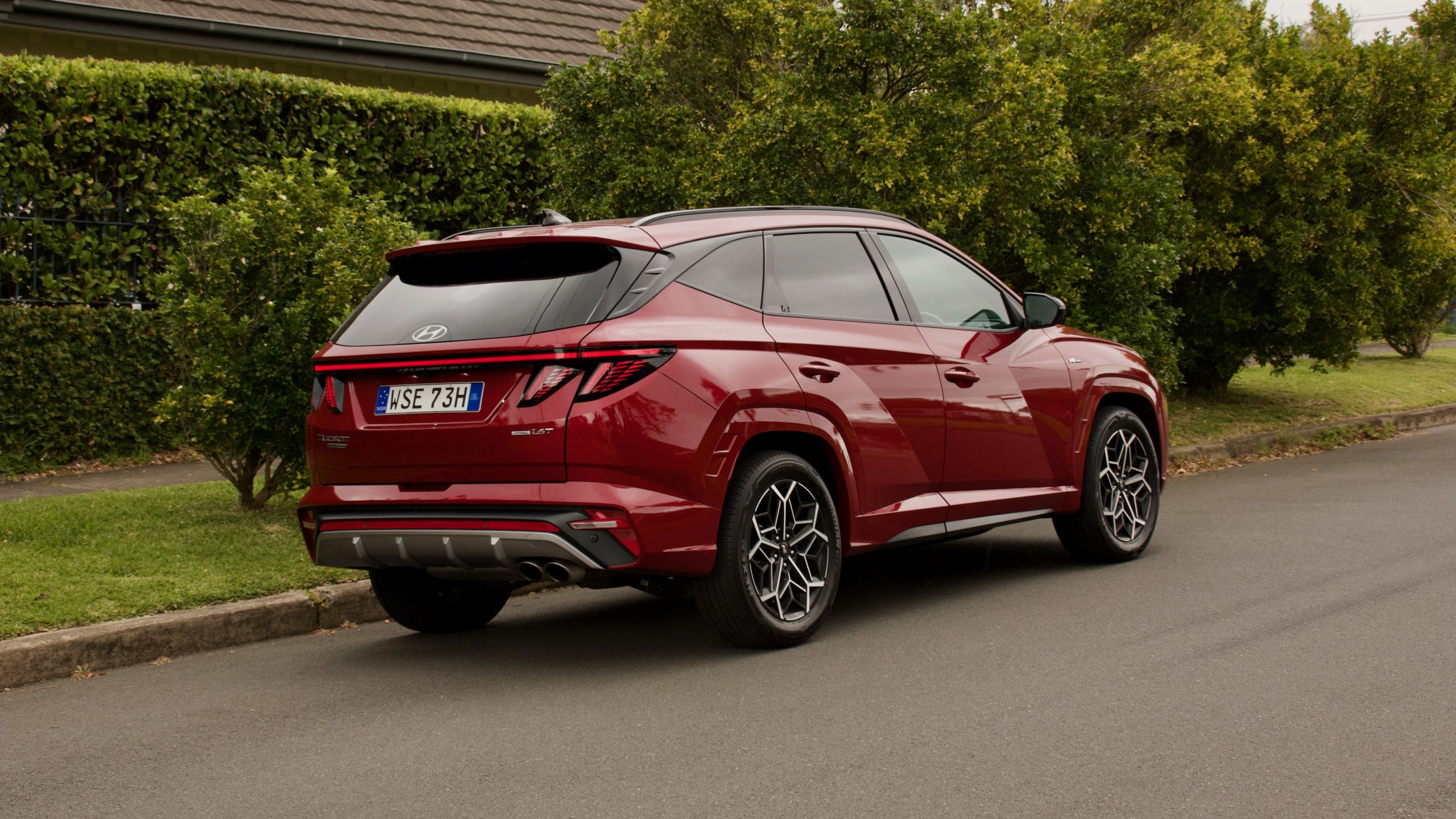
It’s not quite the N Line experience we were hoping for though, as we think that the N Line badge should bring more performance as well. While the Sonata’s 216kW 2.5-litre turbo petrol would be amazing, even the 180kW 2.0-litre turbo used in the Kia Stinger would be great as well. With more engine, the Tucson would finally have the grunt its great chassis deserves and the mediocre 1.6-litre turbo petrol engine currently used could remain in lesser models. For that reason alone, we’d stick to a Tucson Highlander until something hotter comes along, but if the N Line’s styling gets your pulse going and you don’t need more grunt, it’s still a great mid-size SUV.
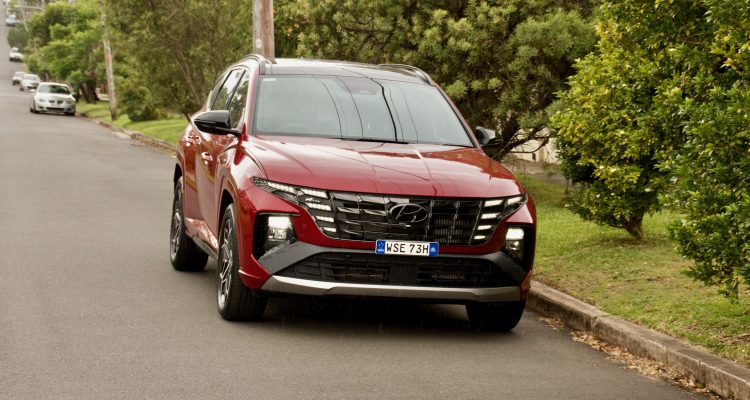
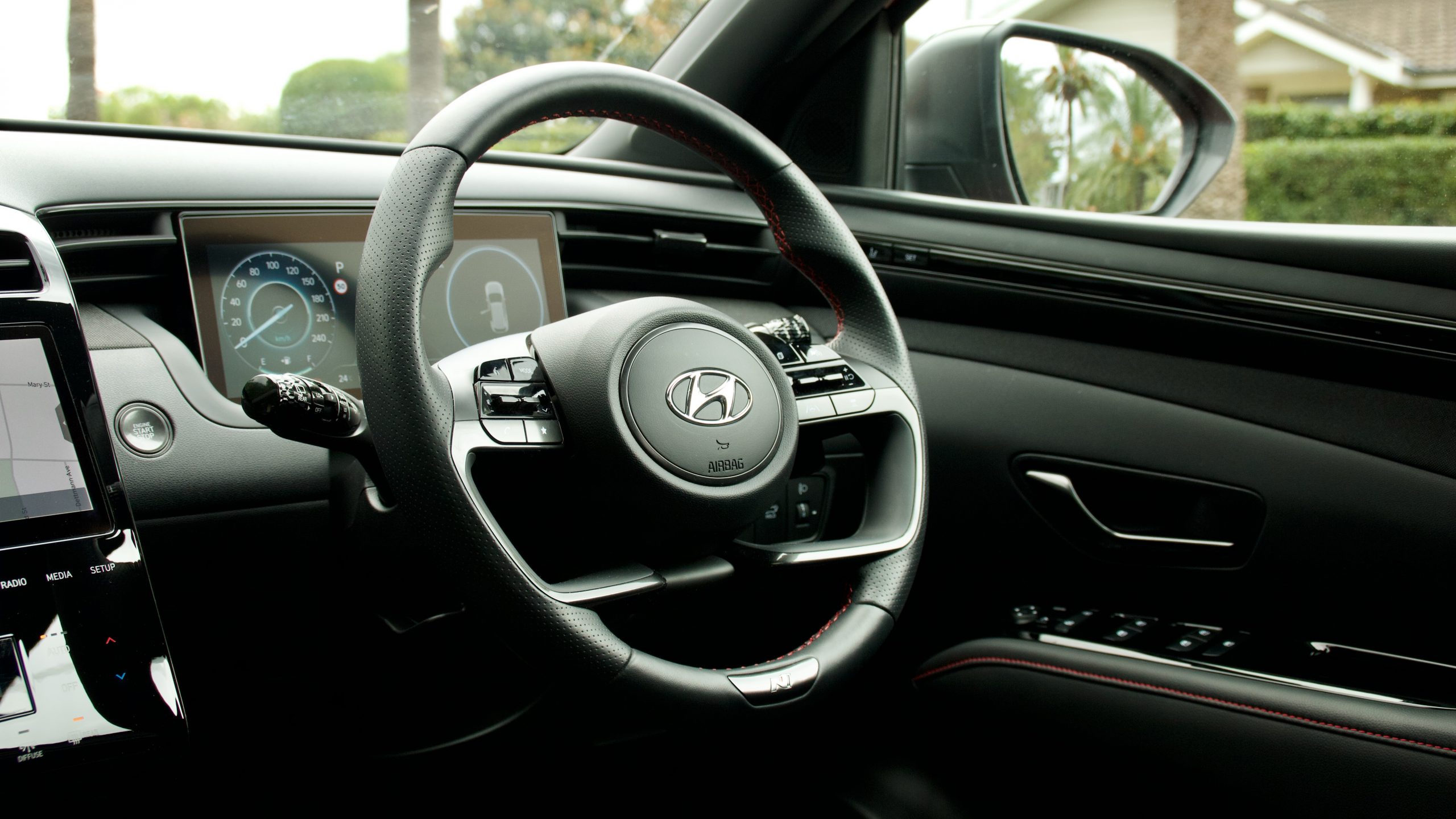
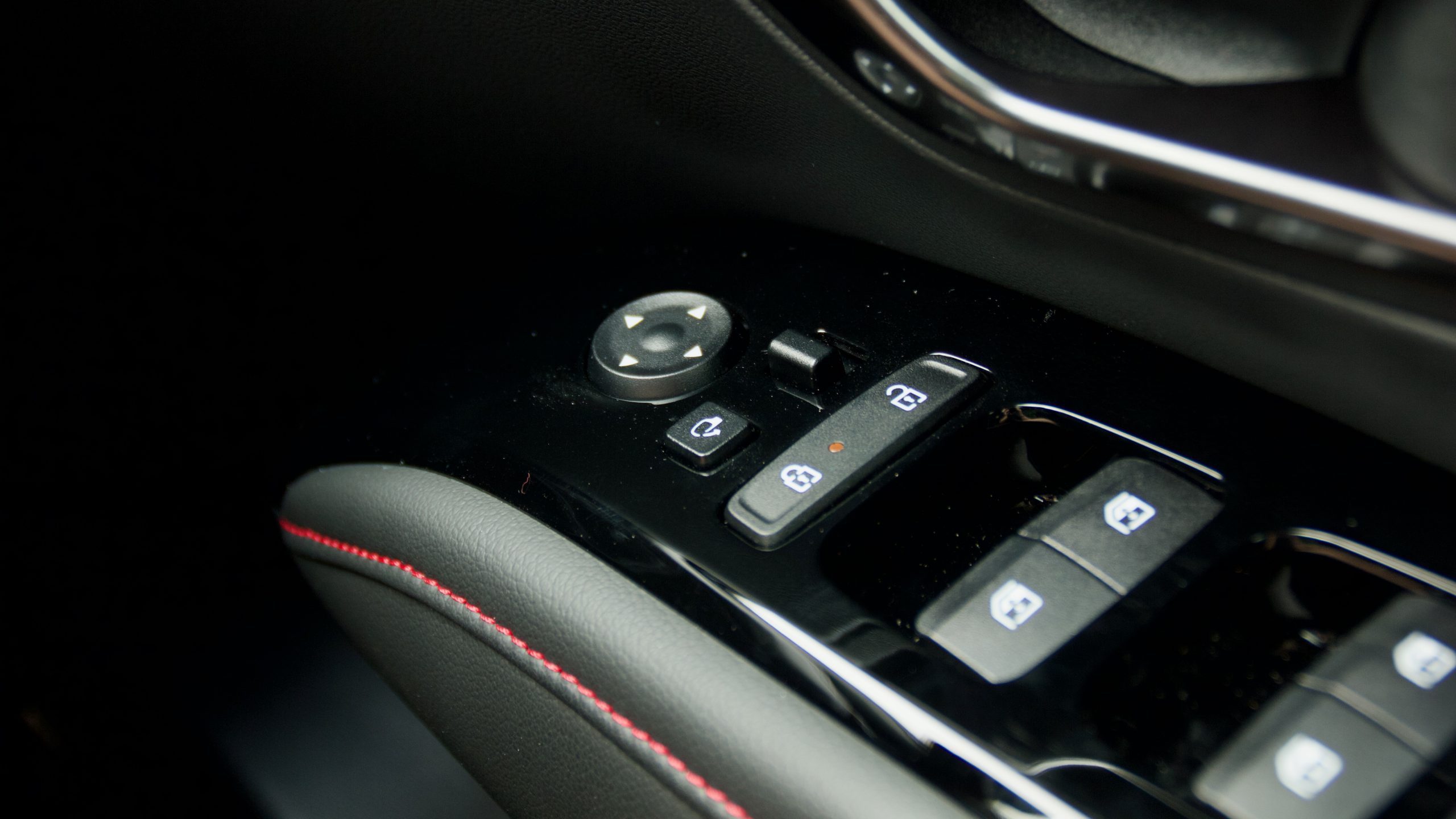
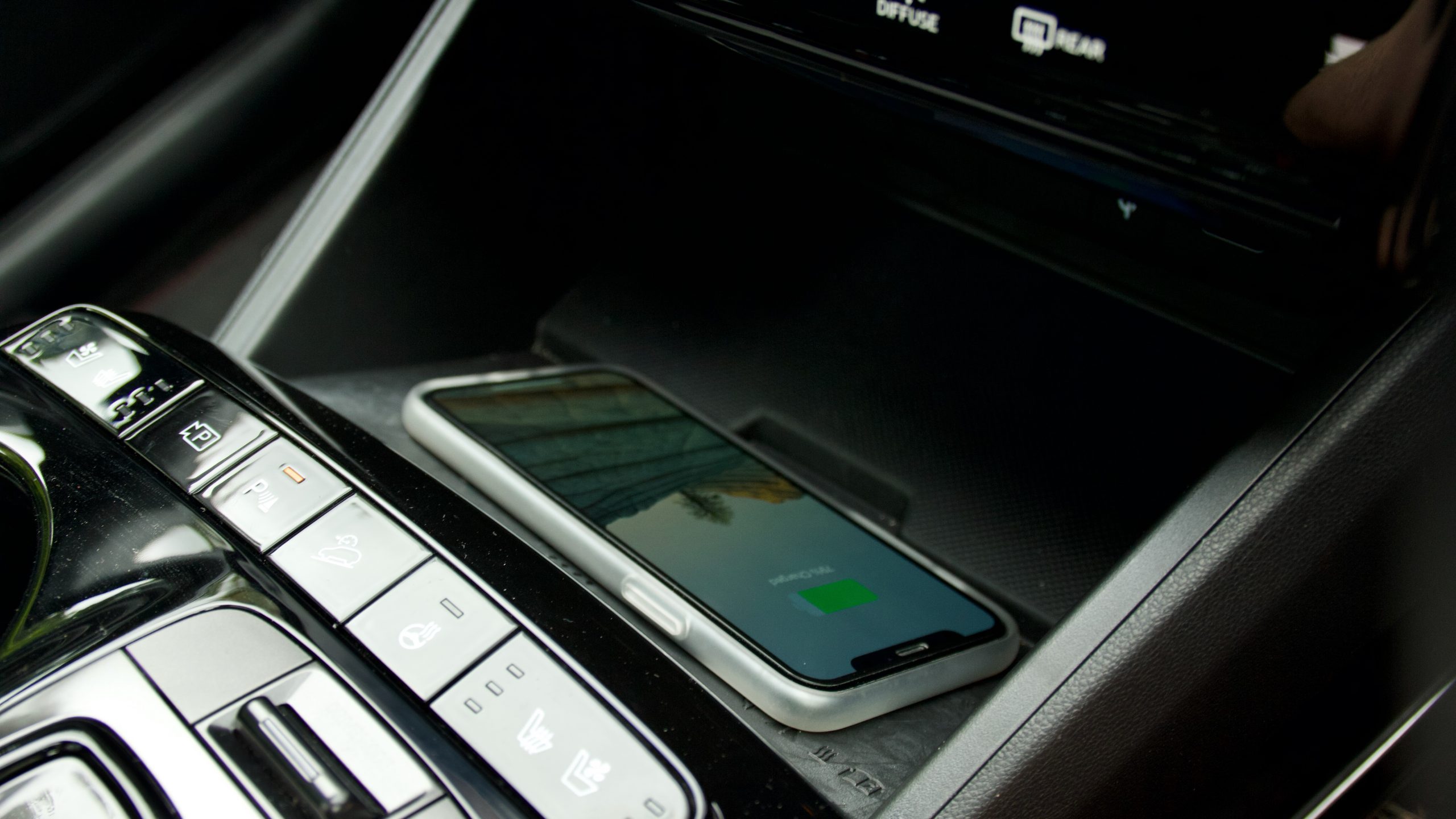
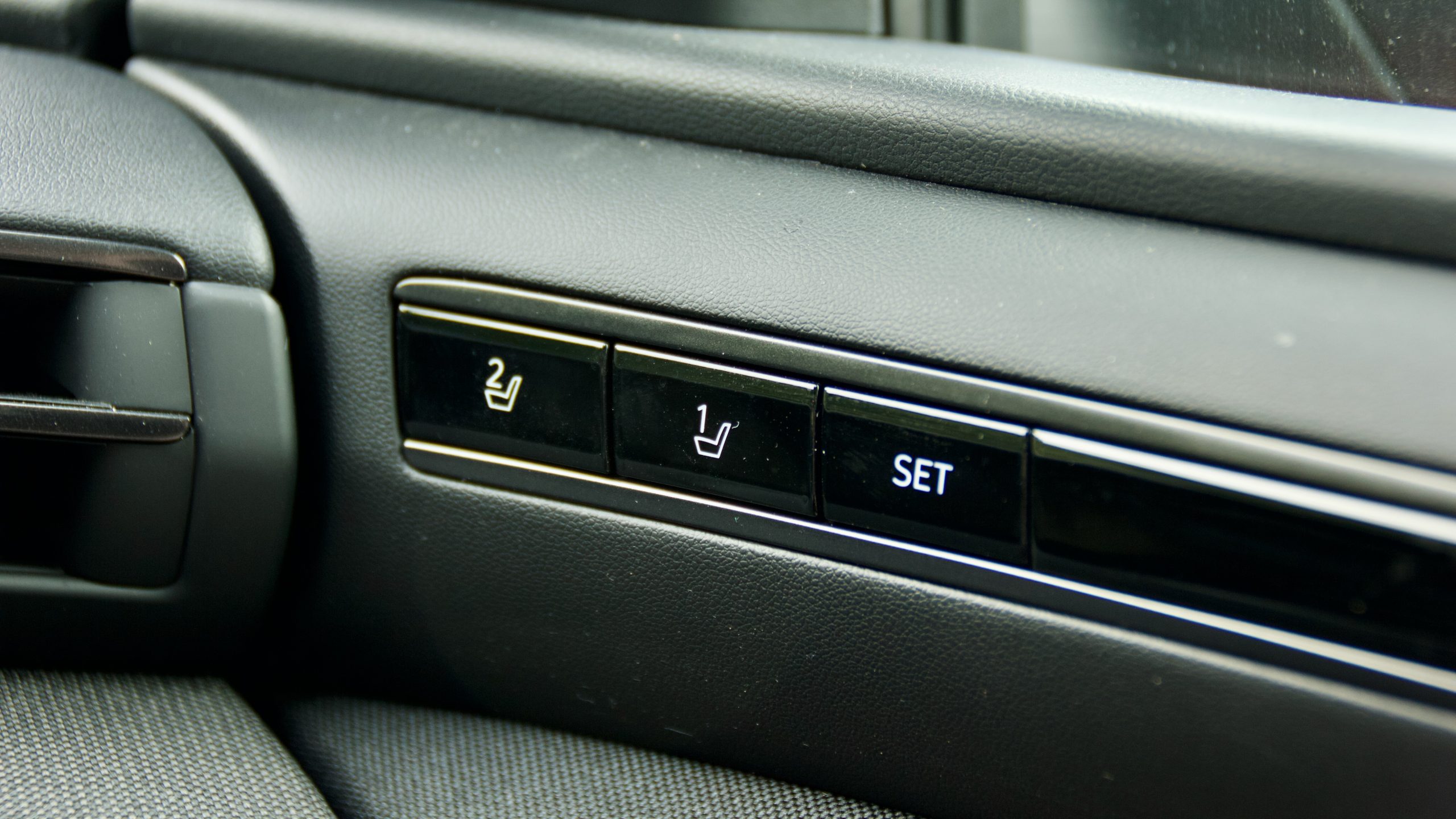
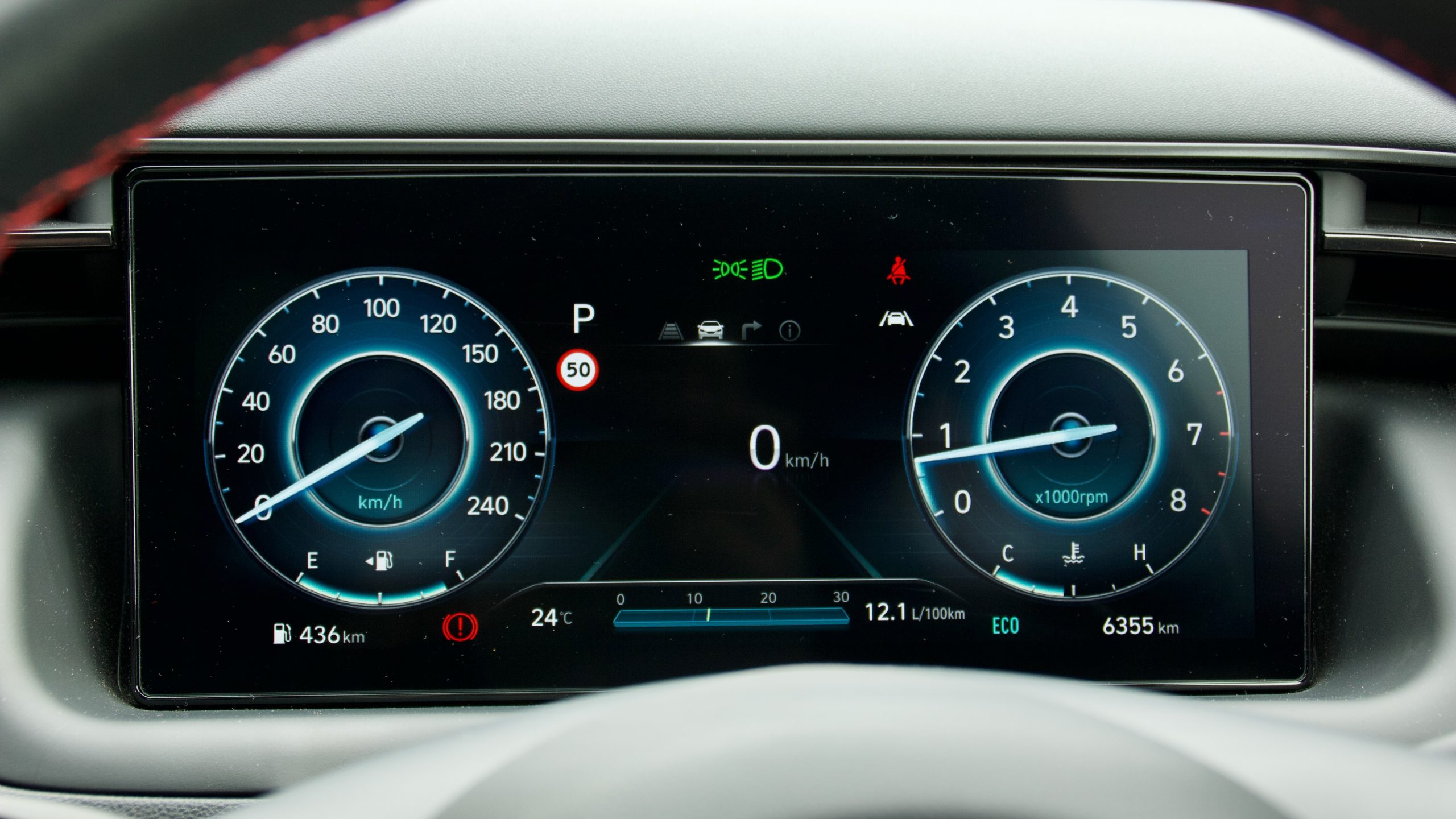
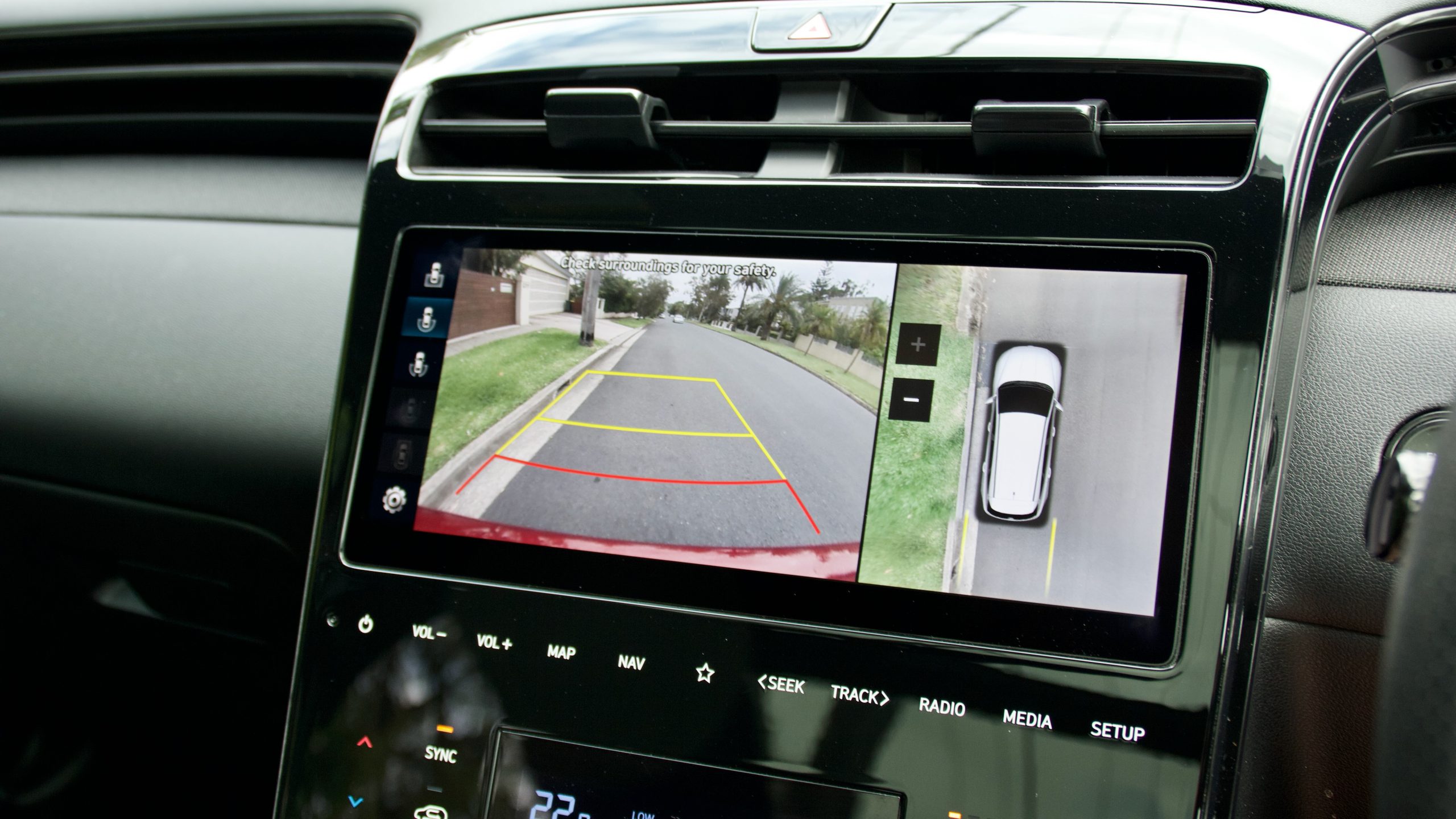
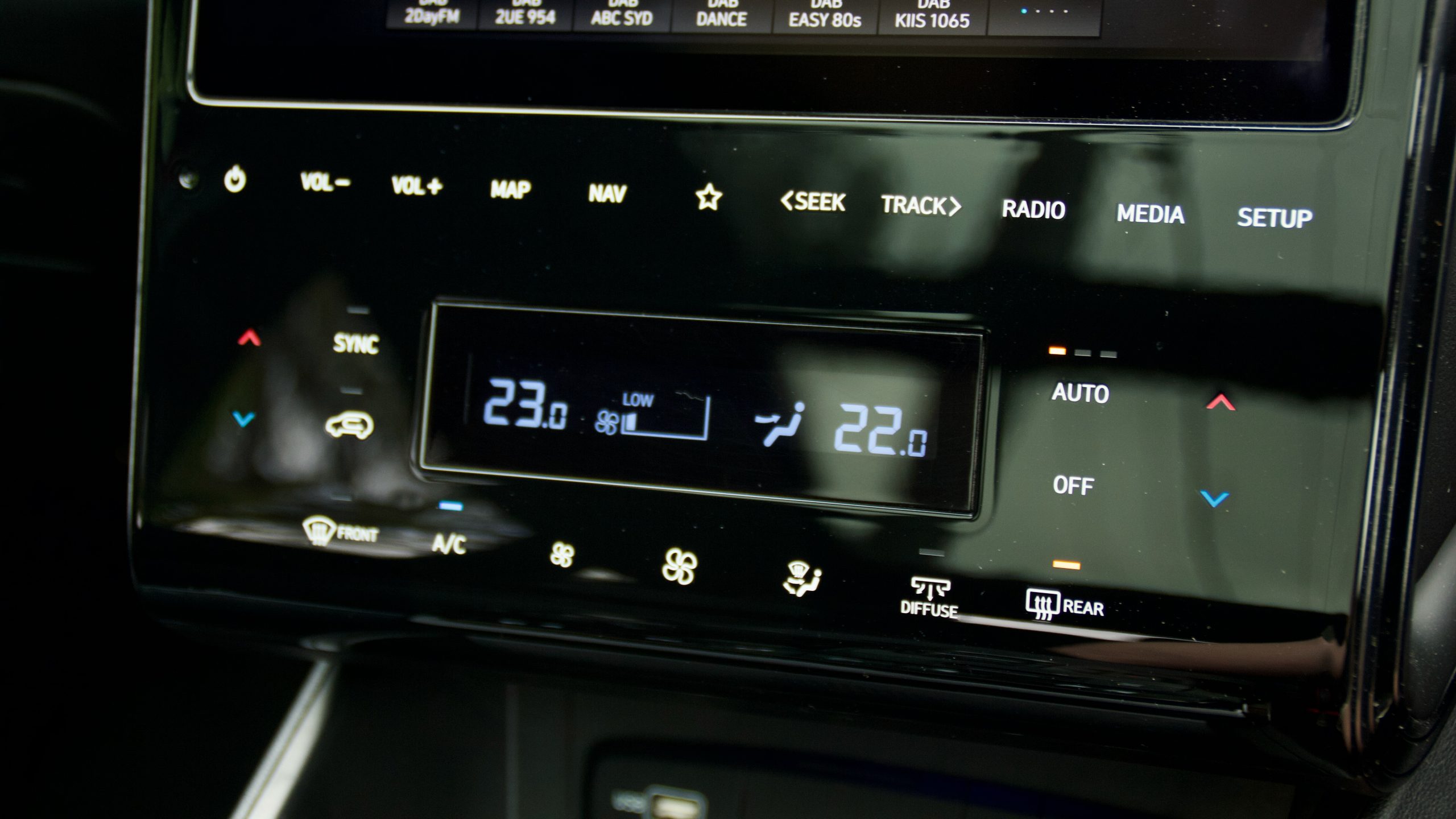
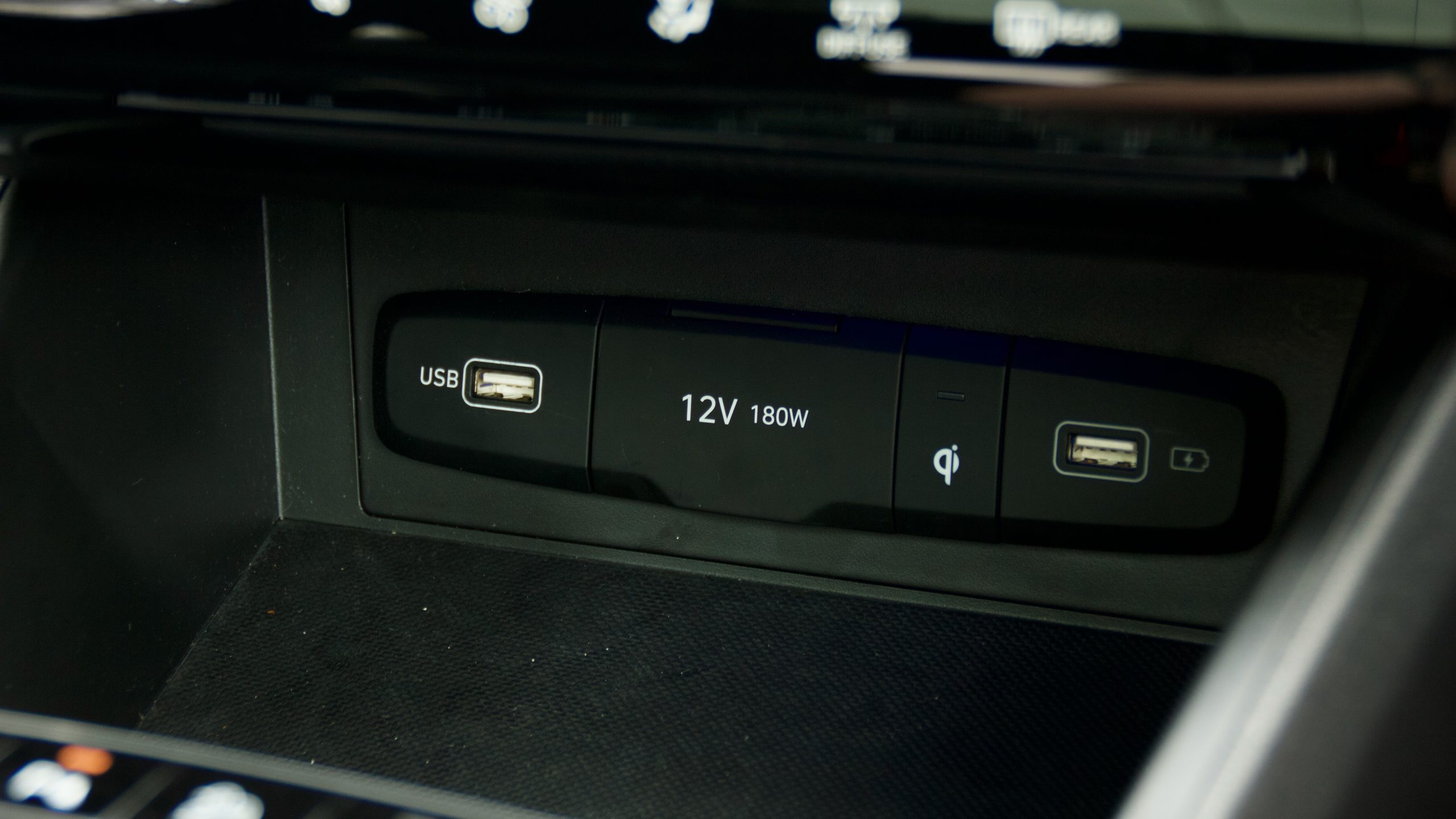
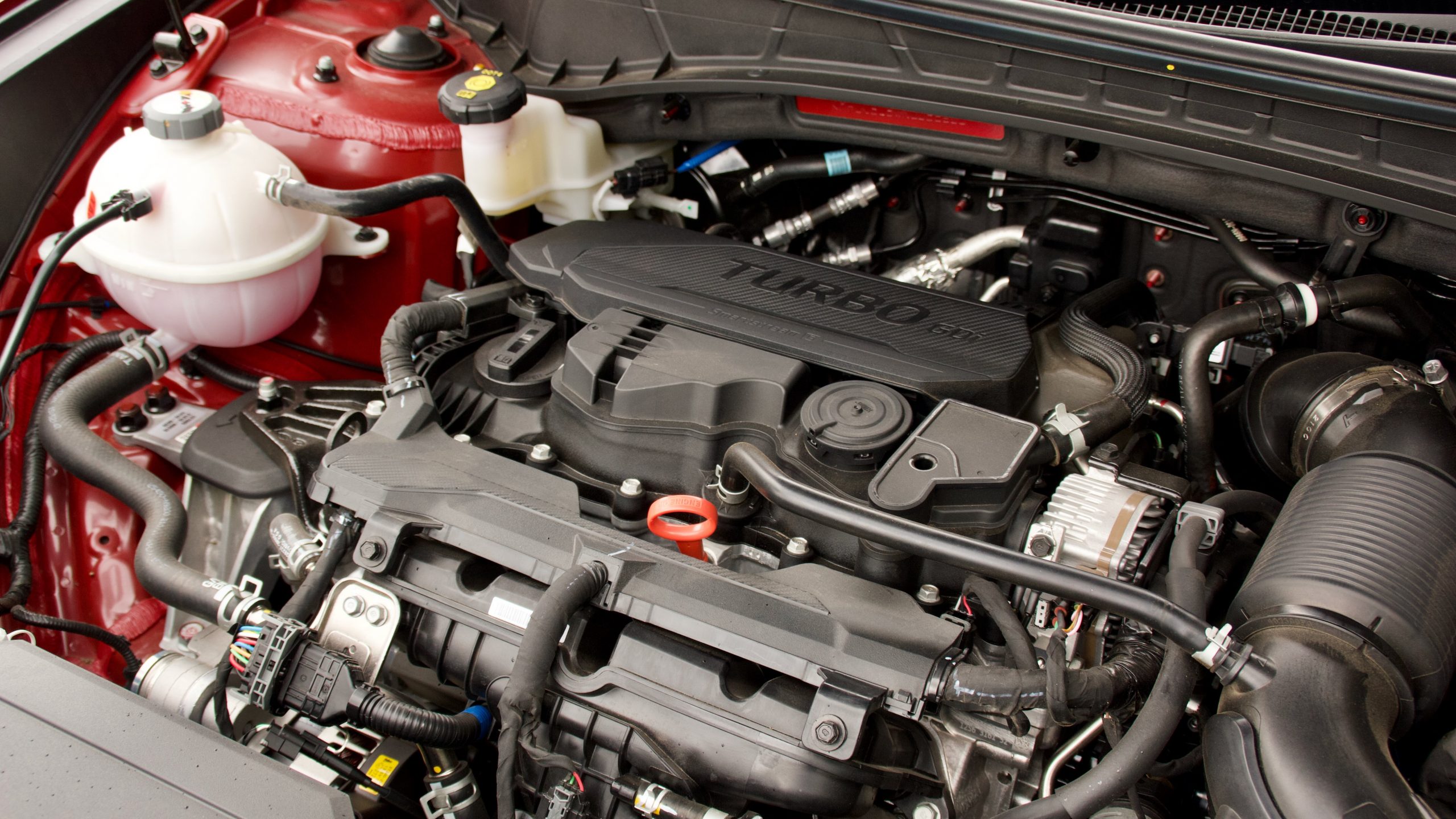
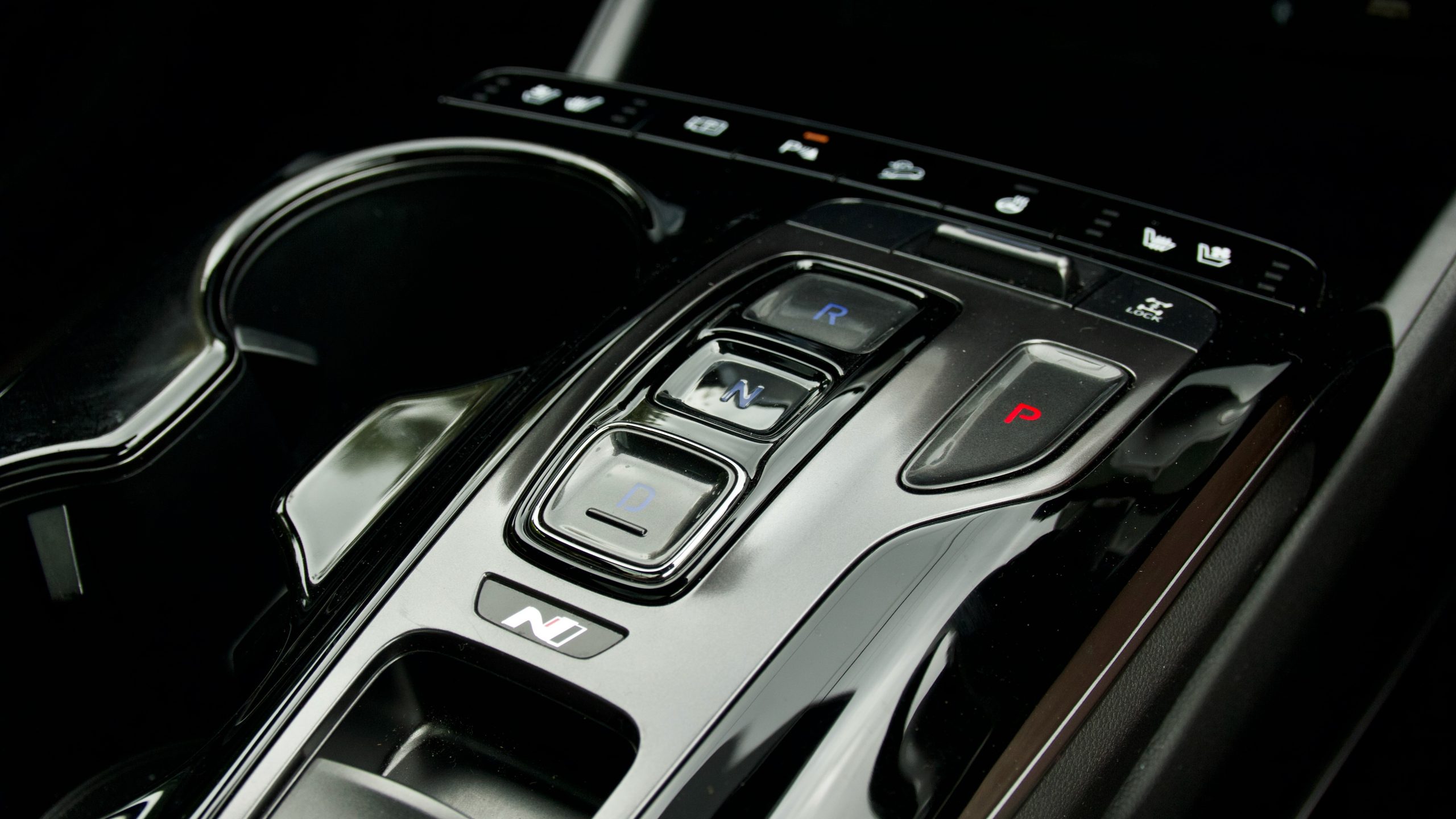
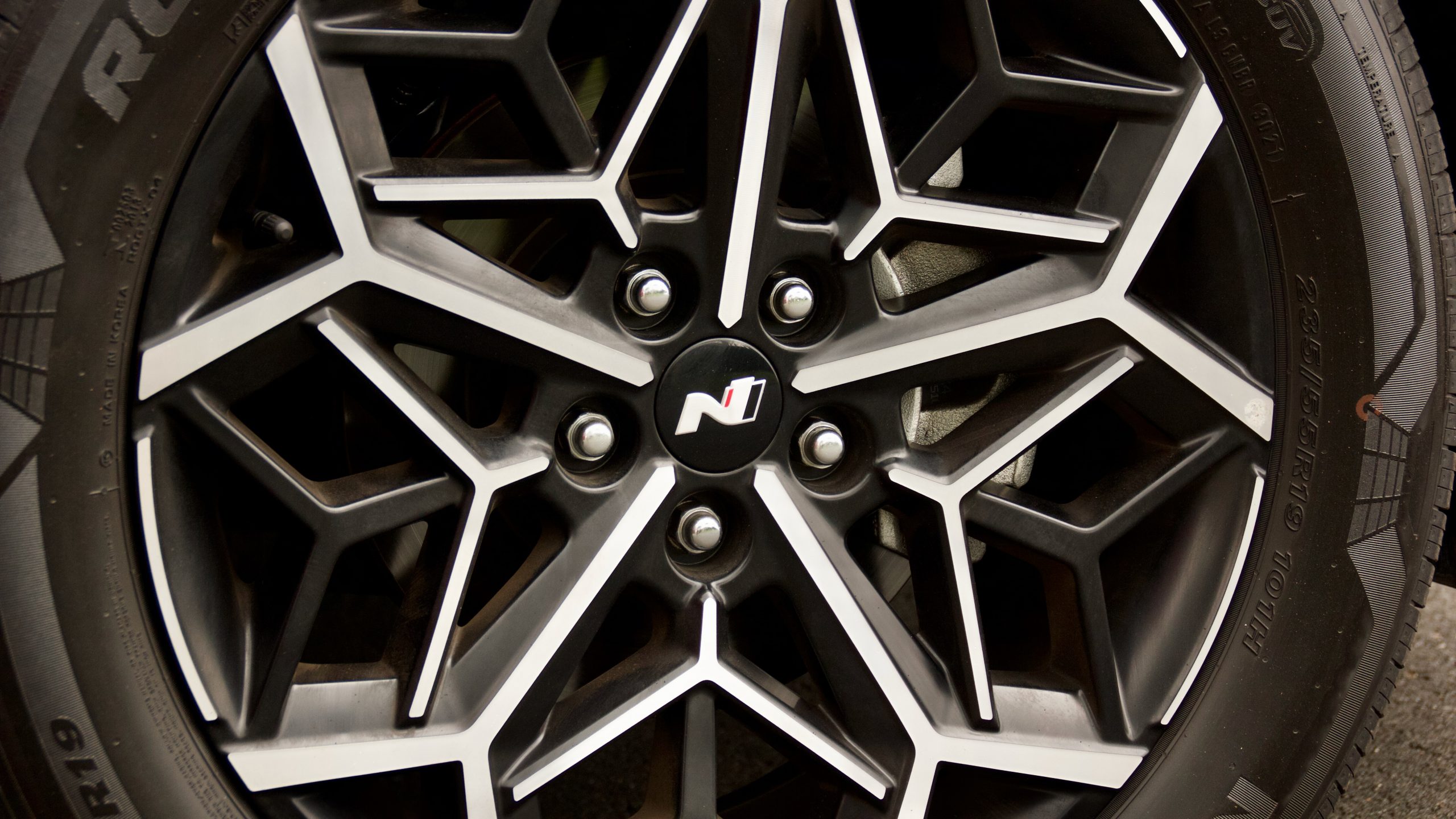
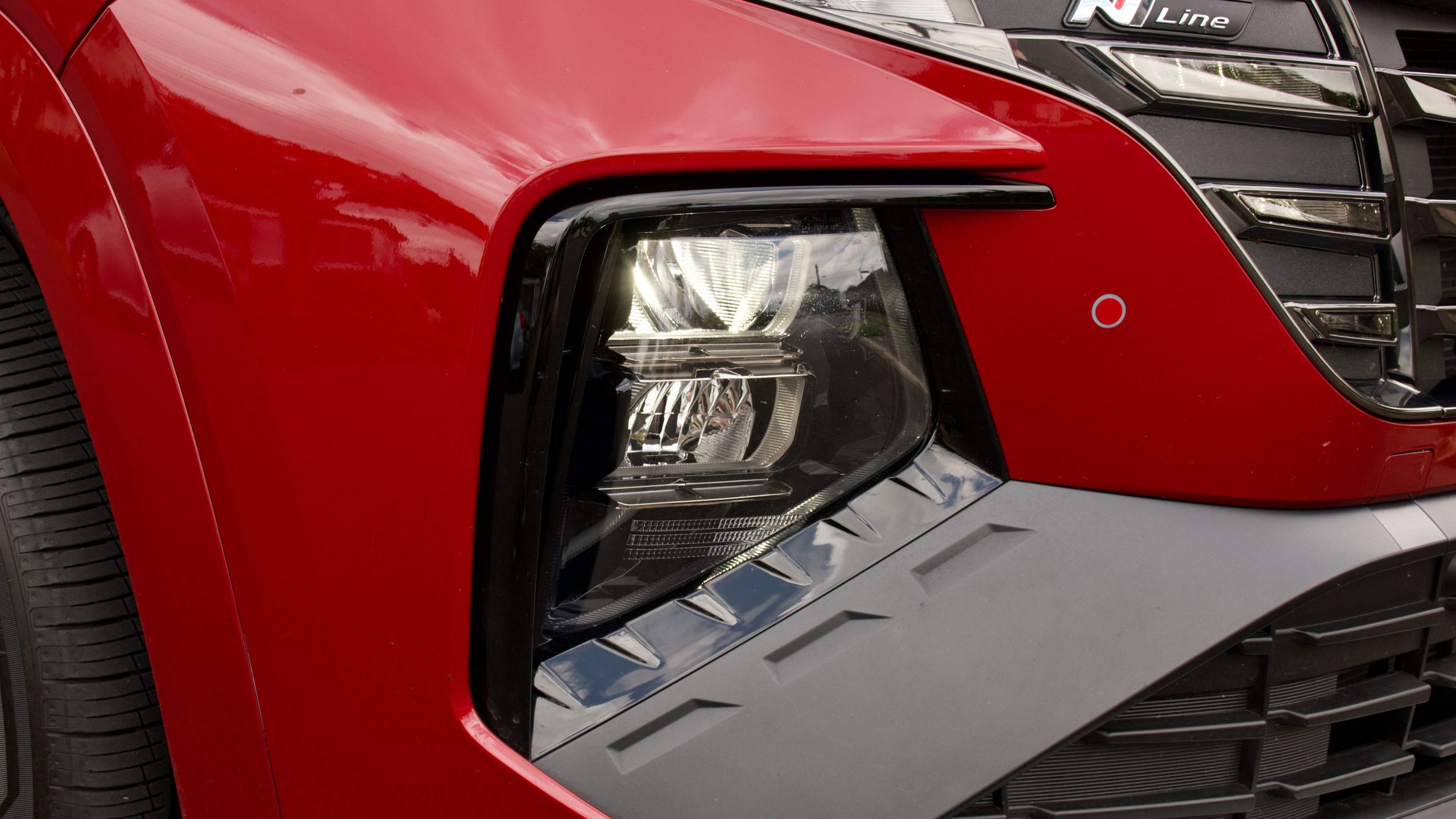
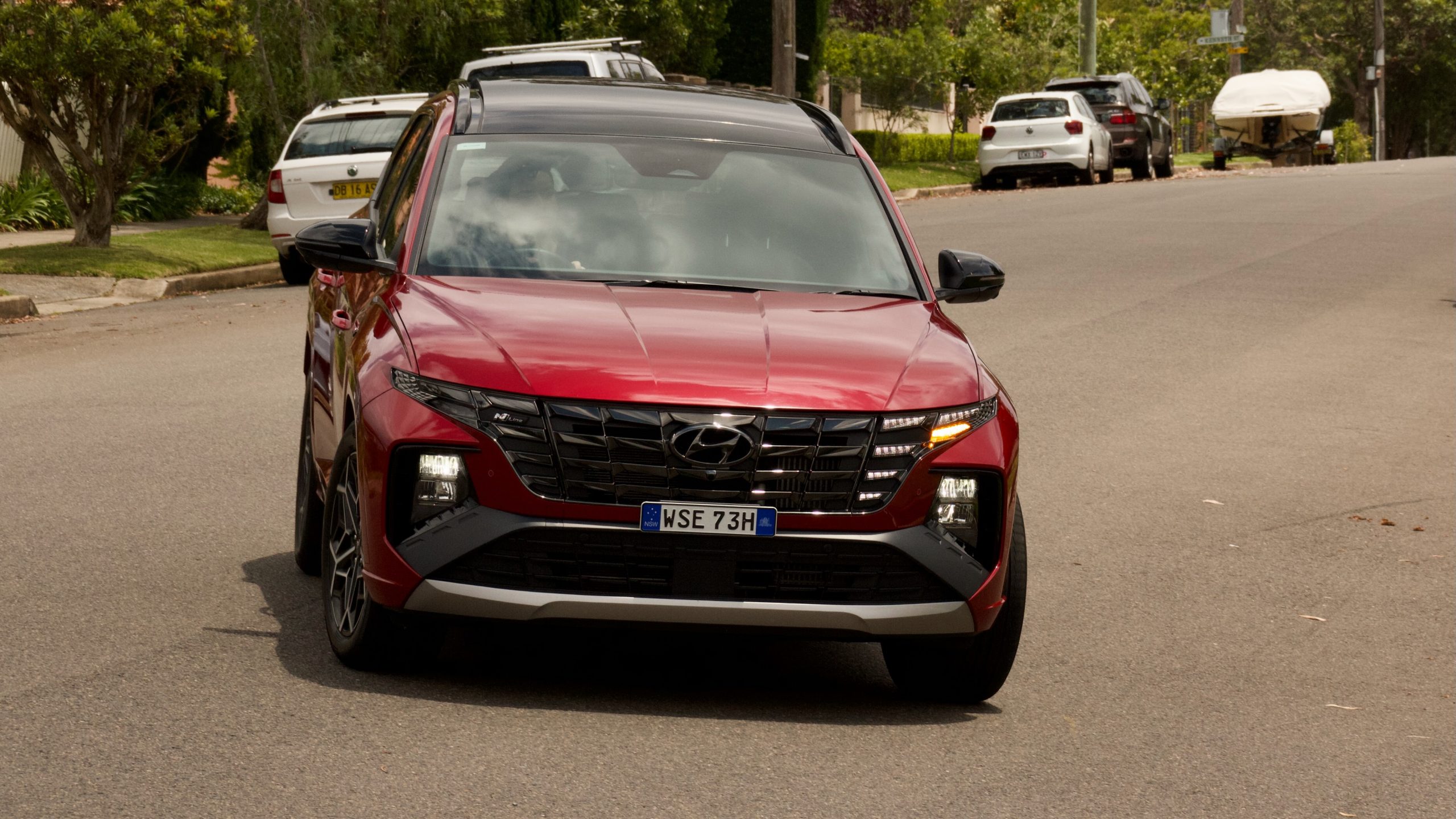
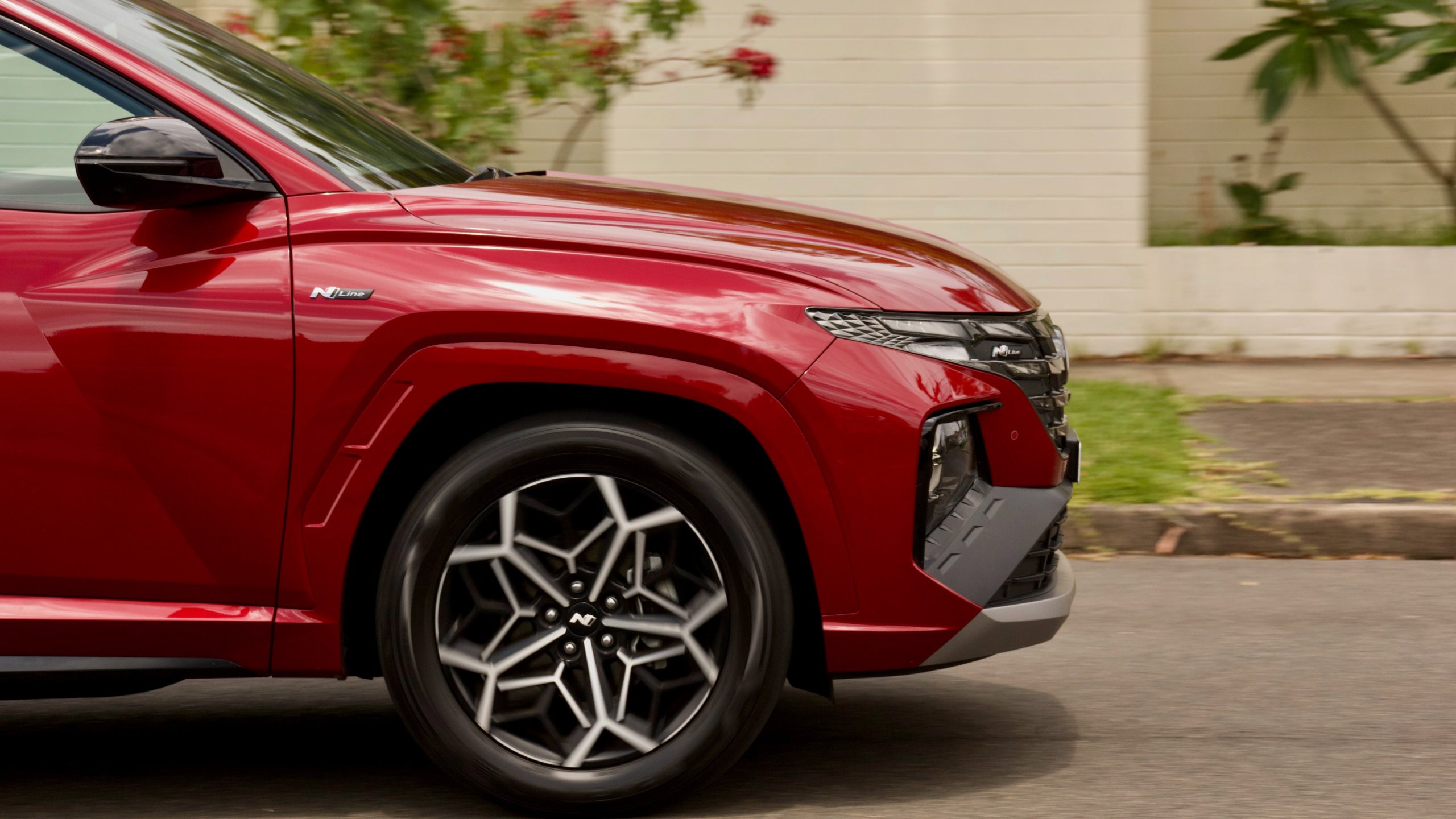
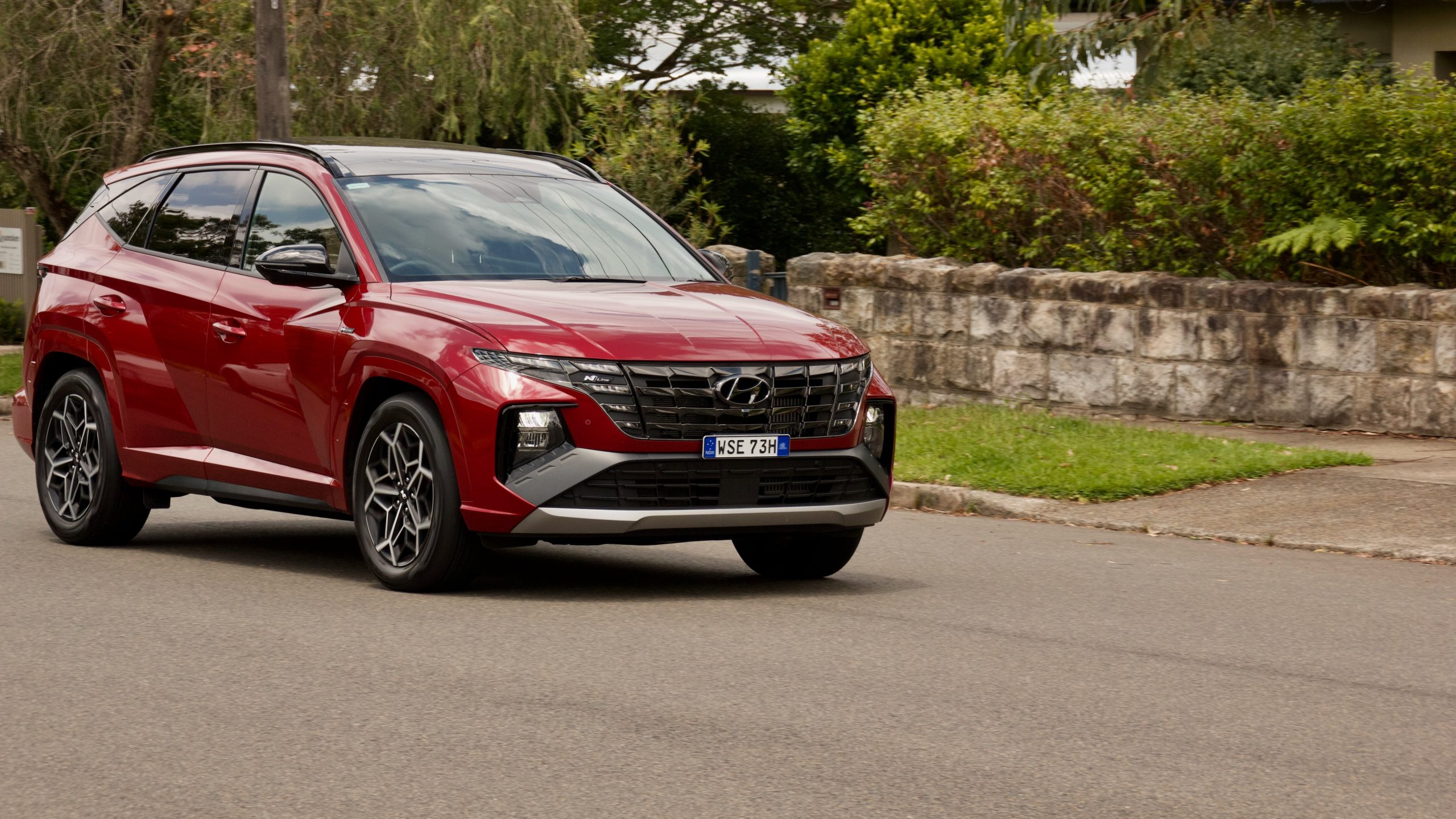
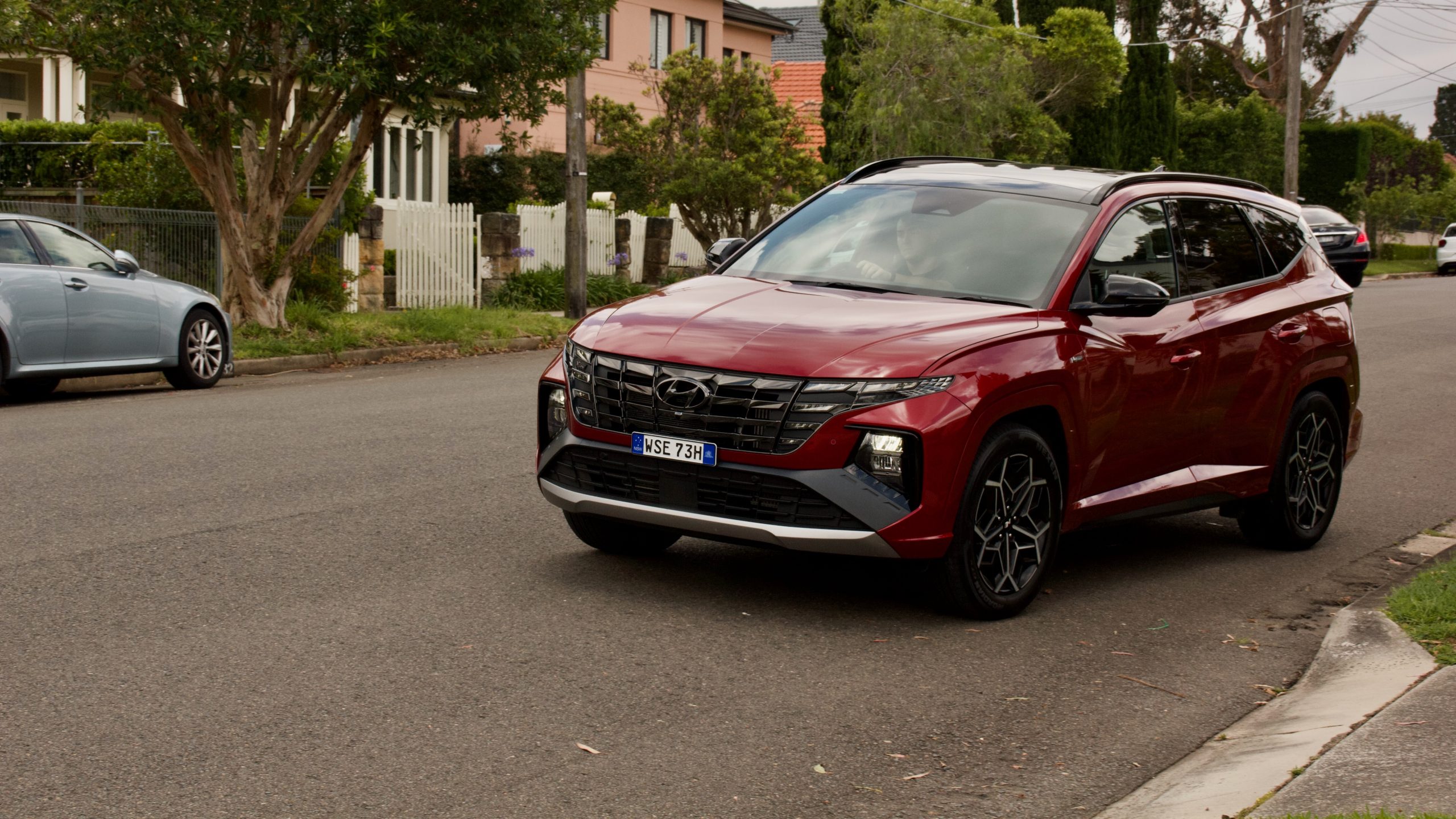
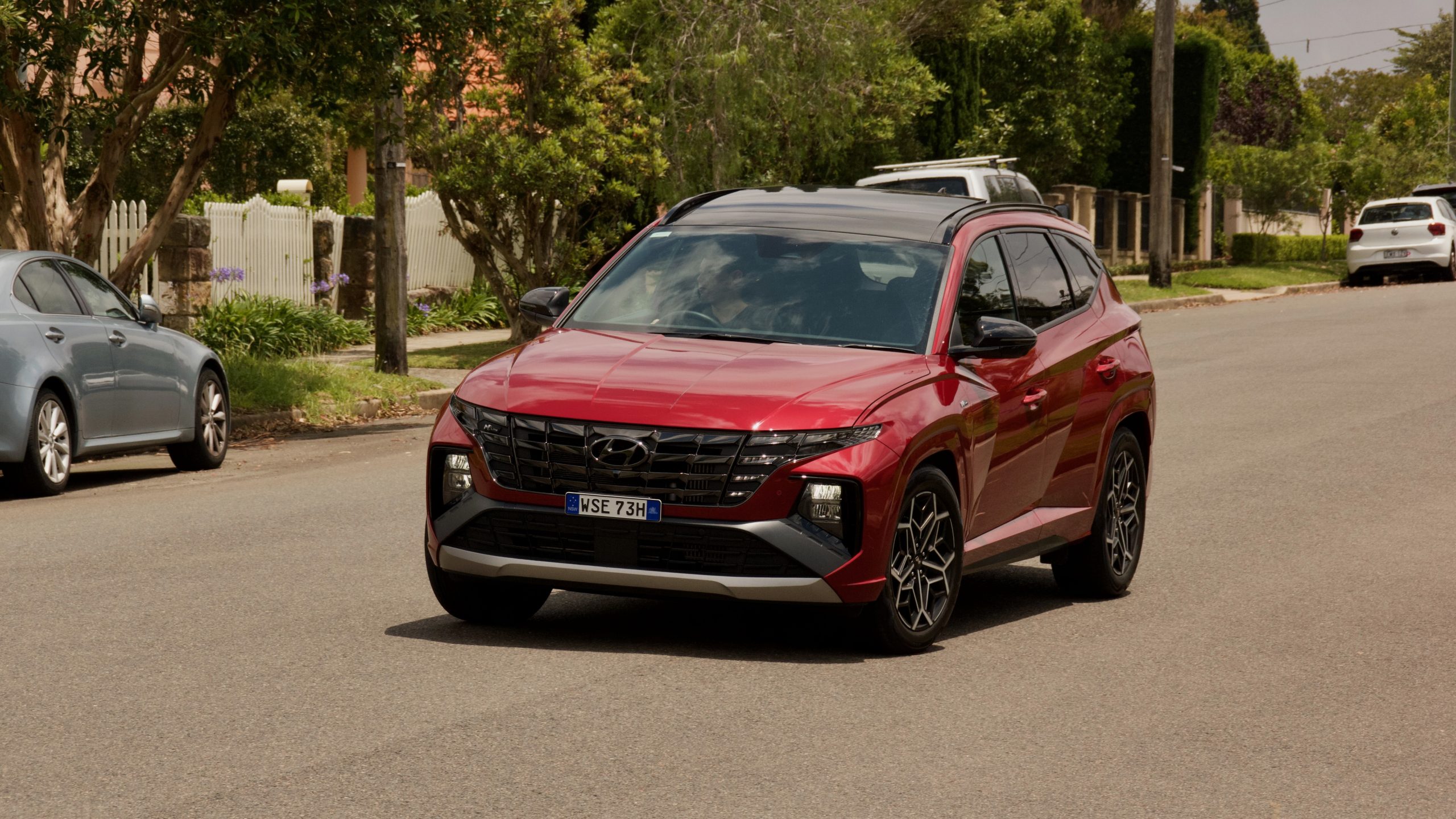
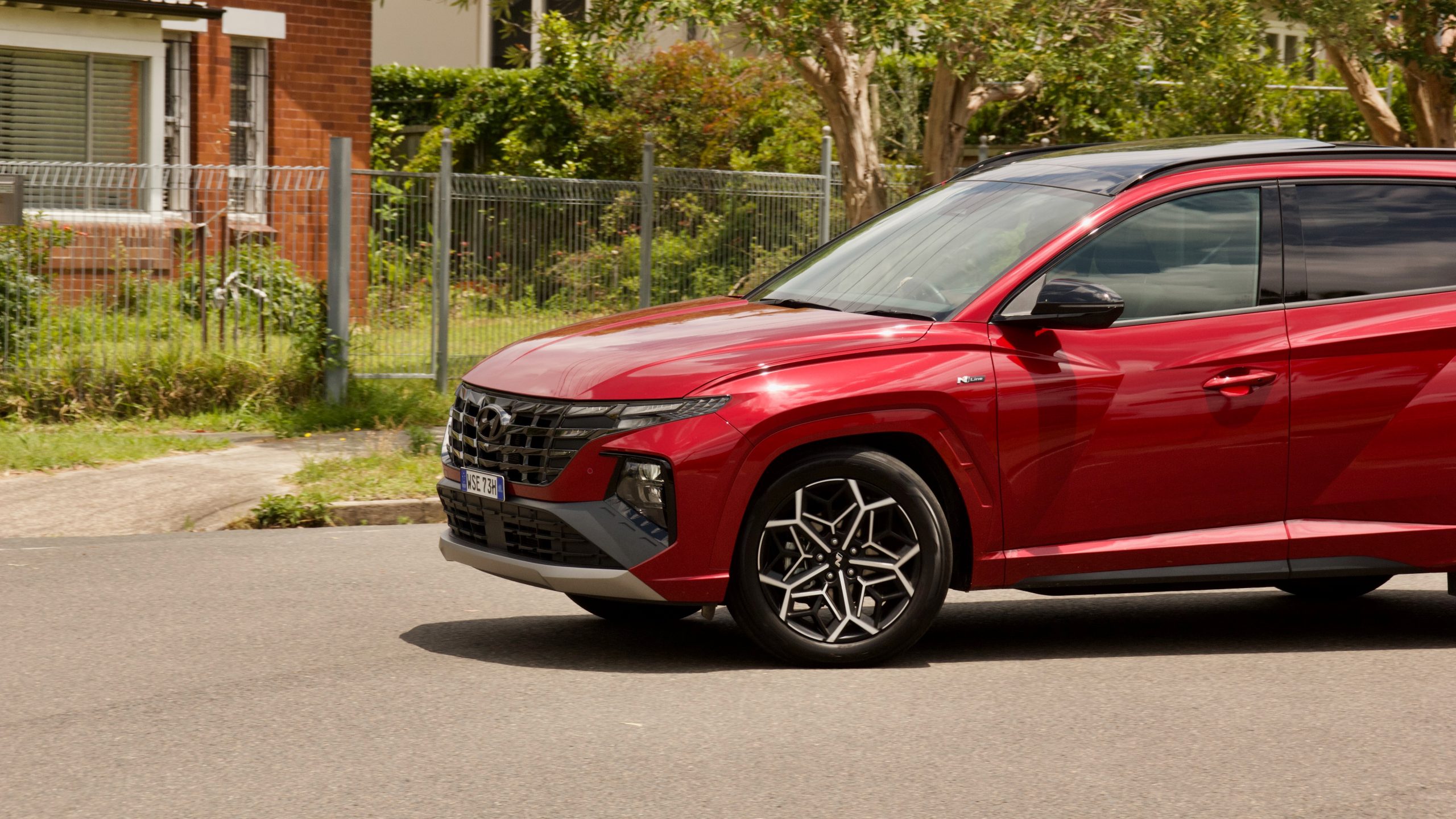
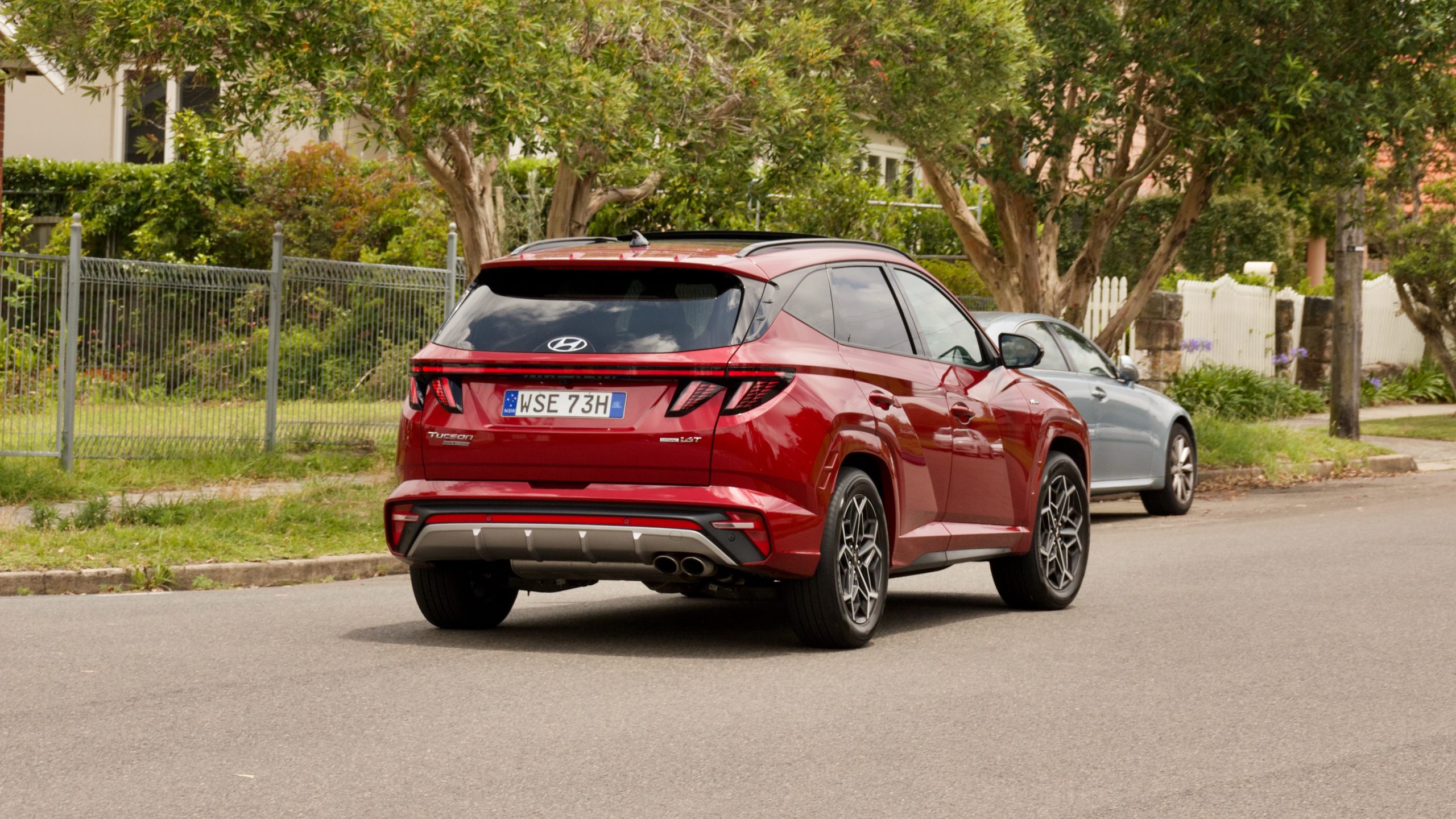
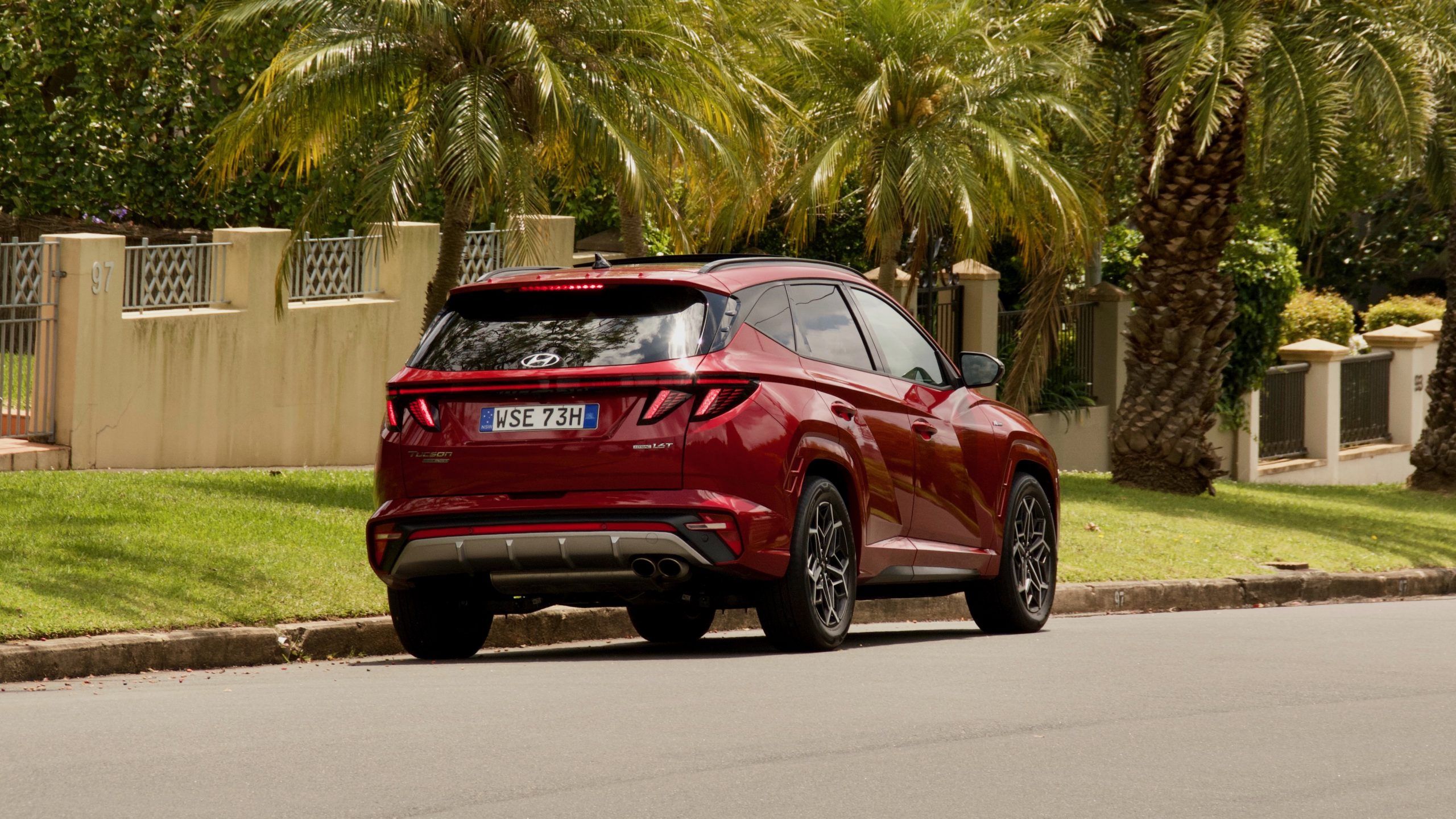
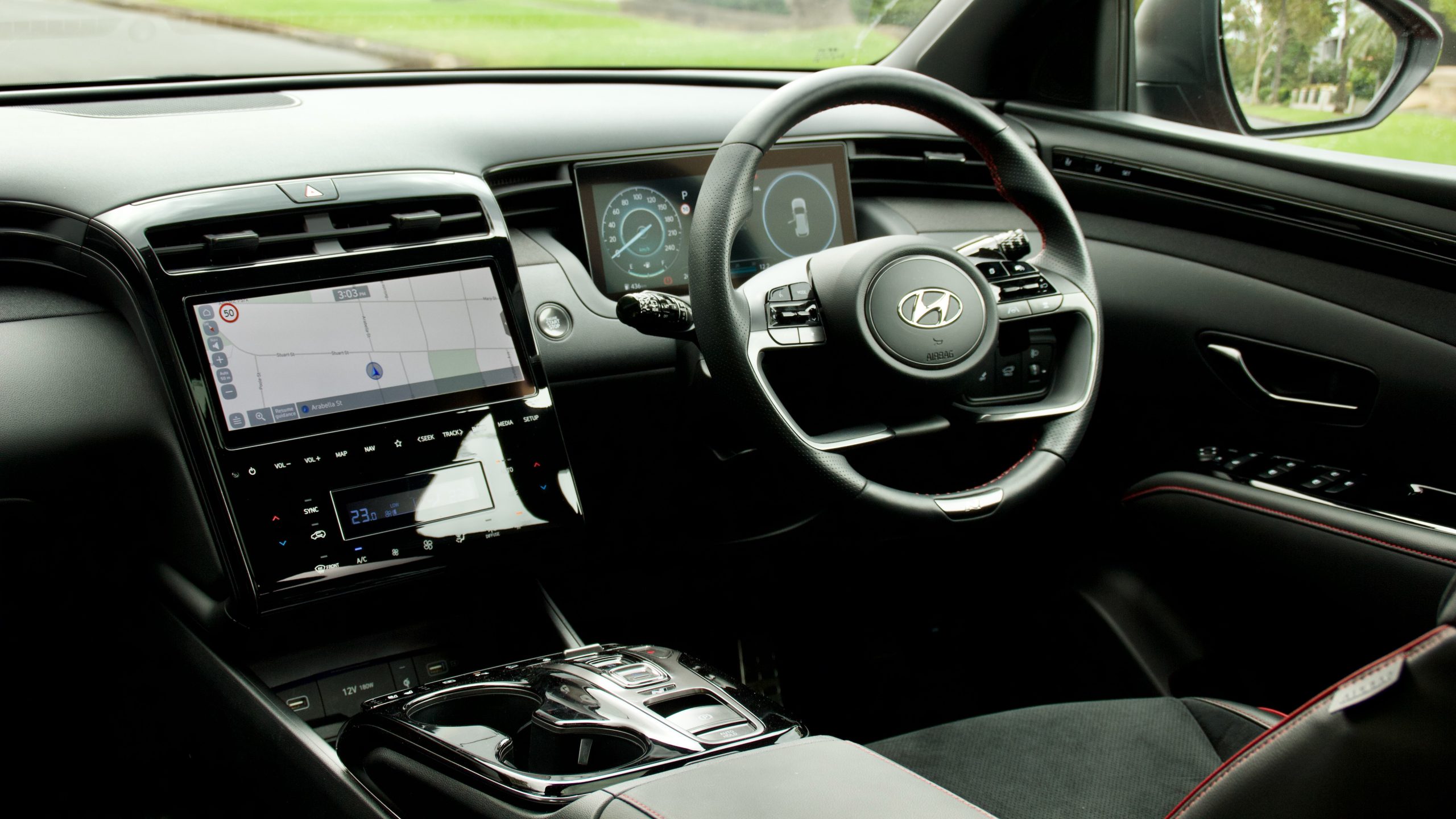
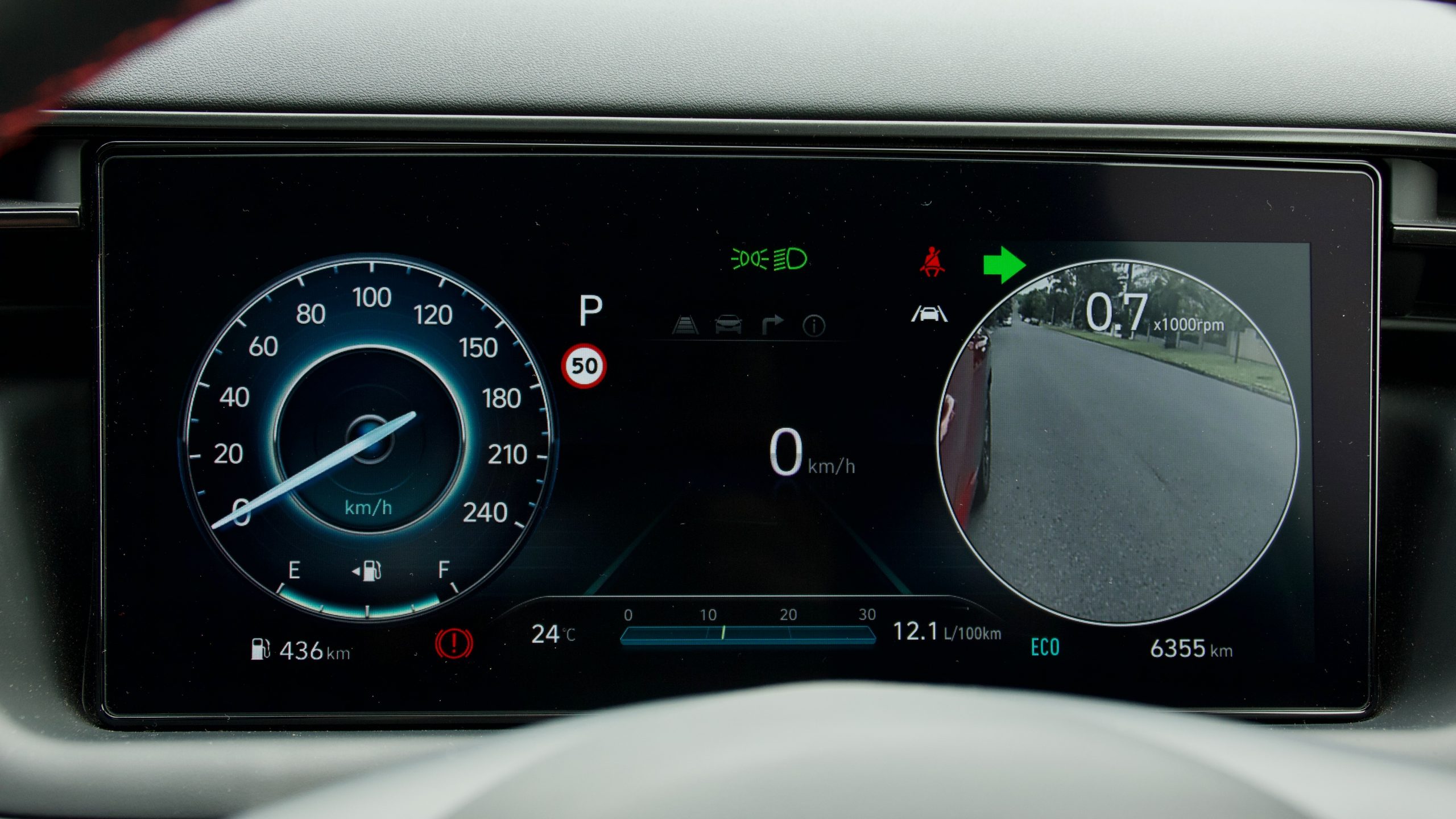
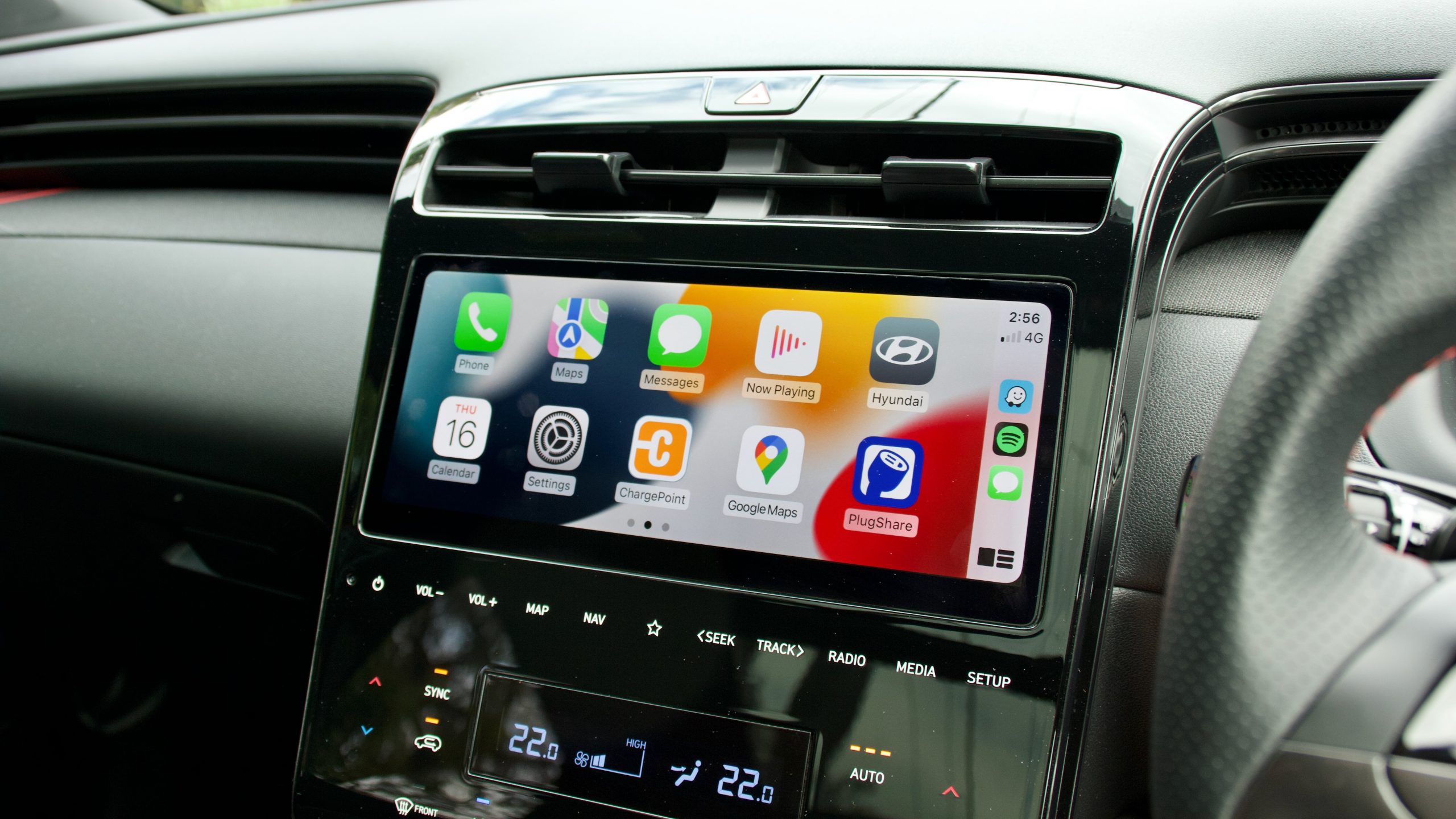
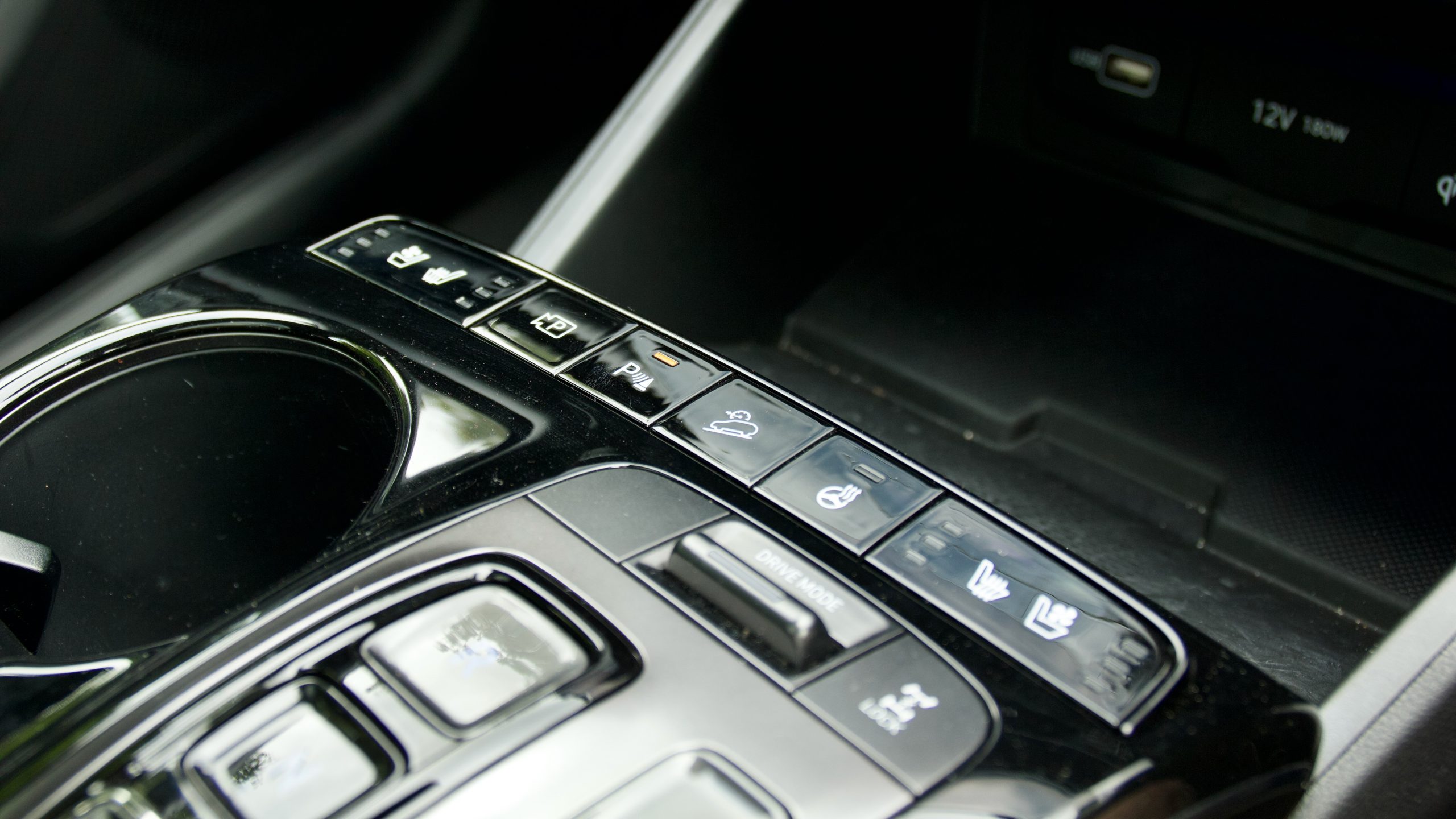
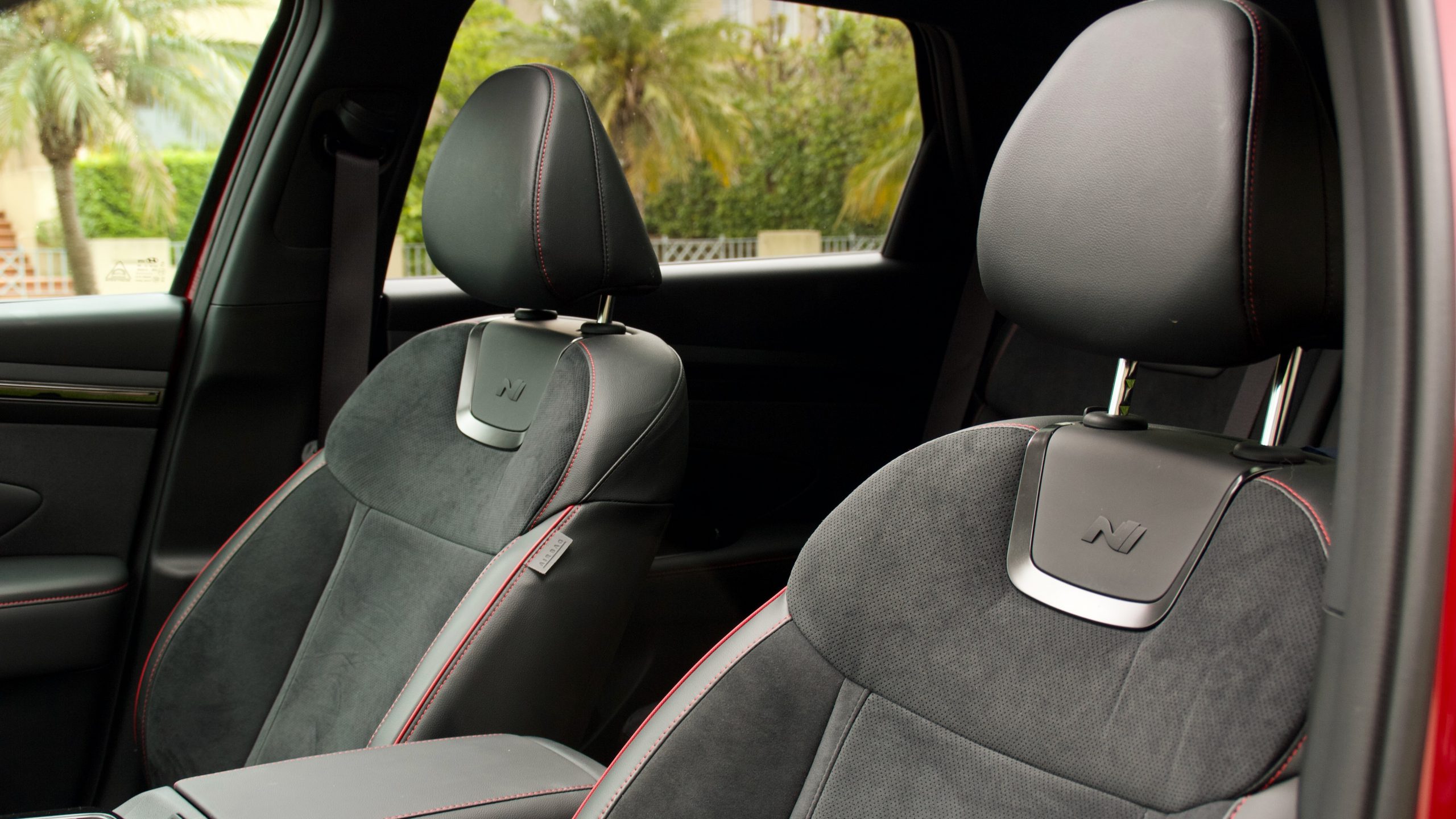
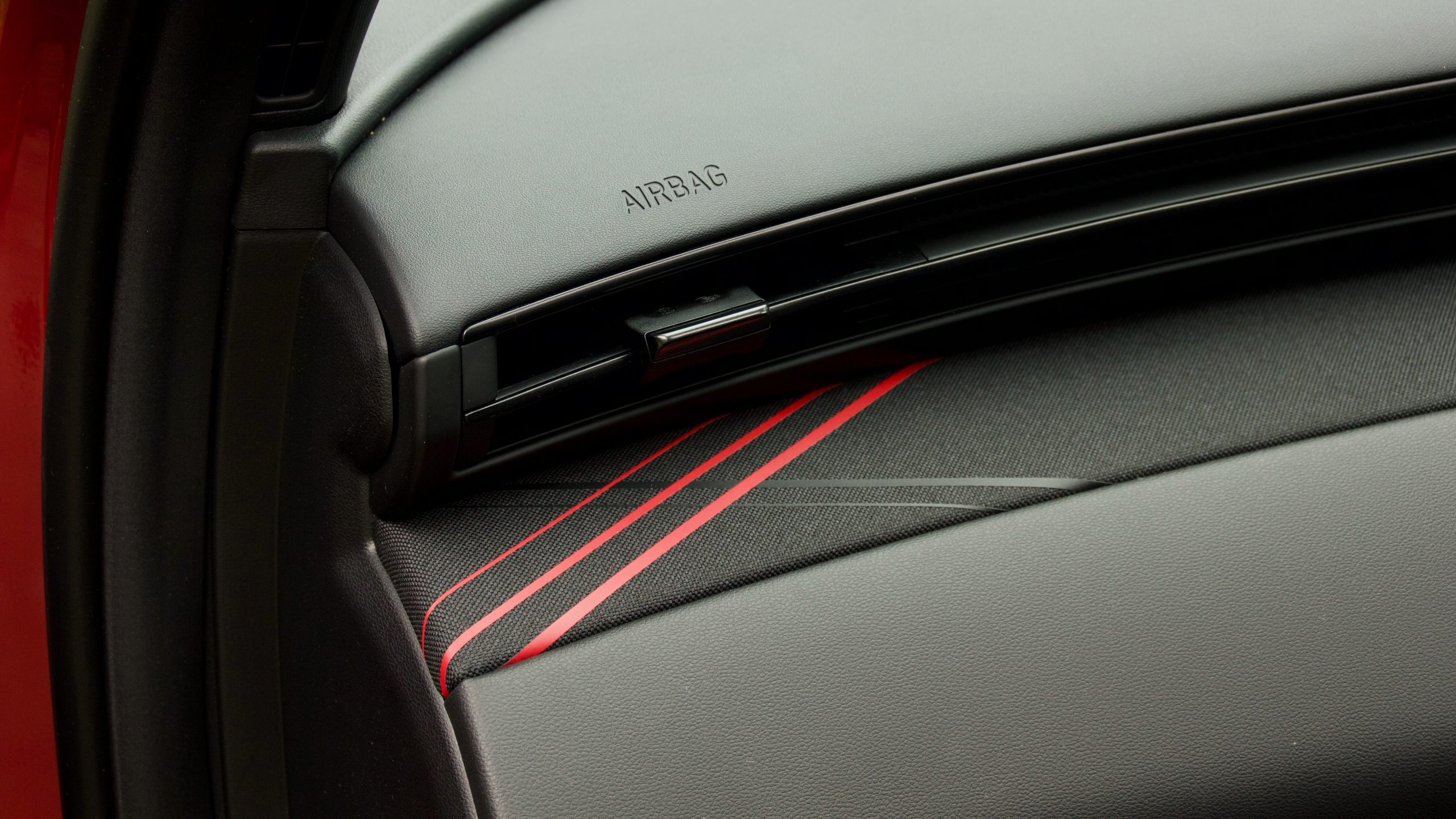
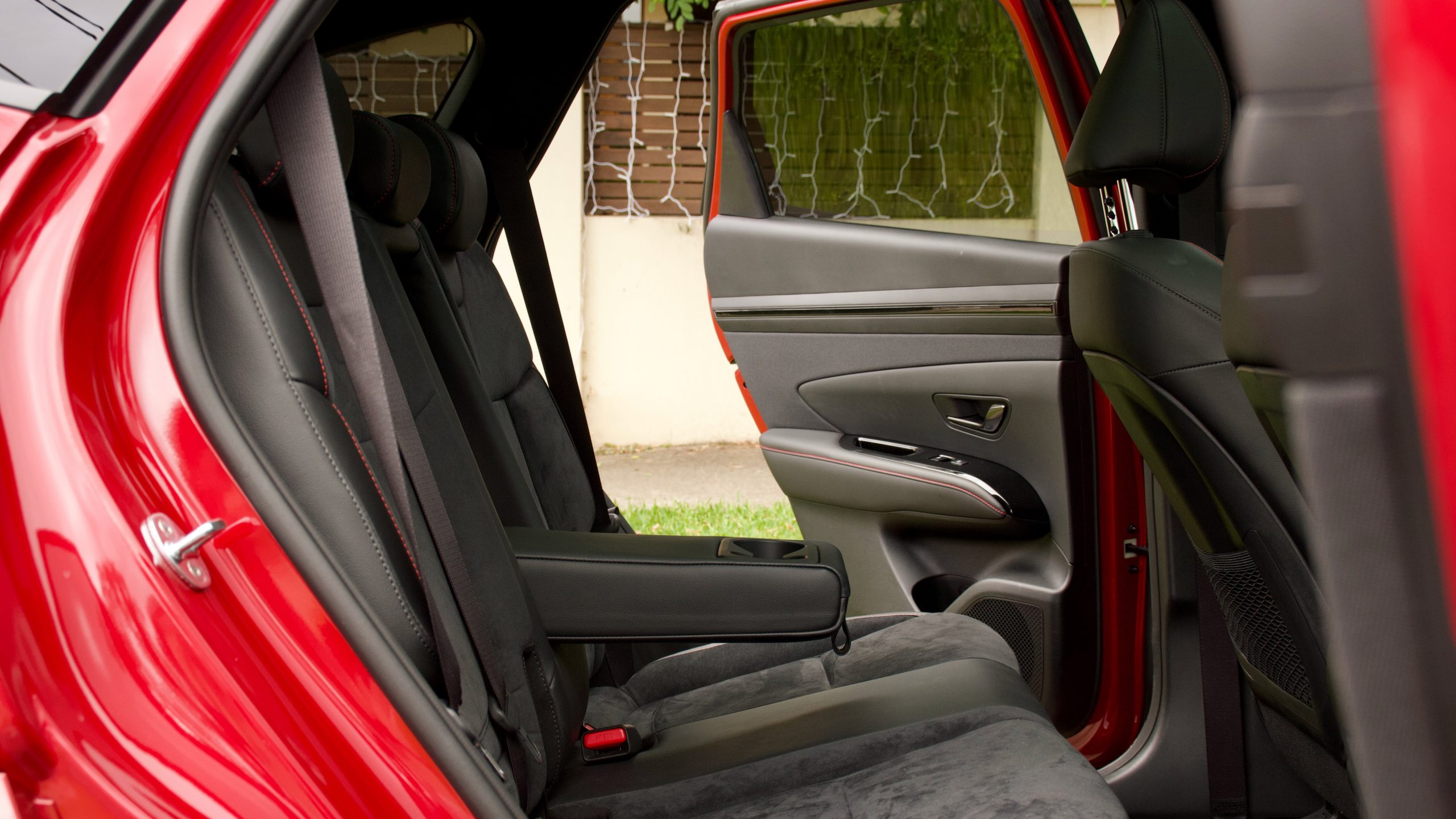
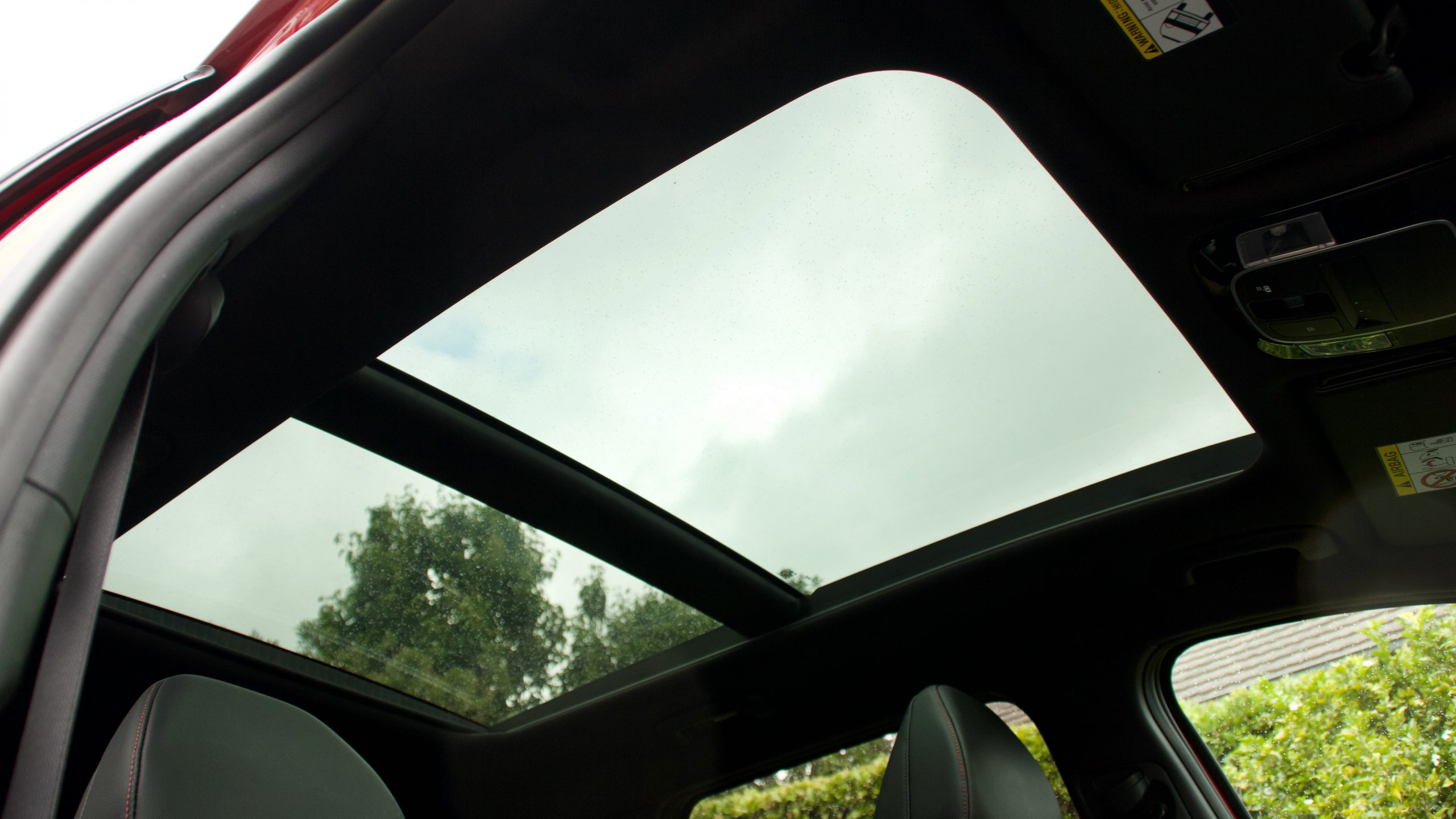
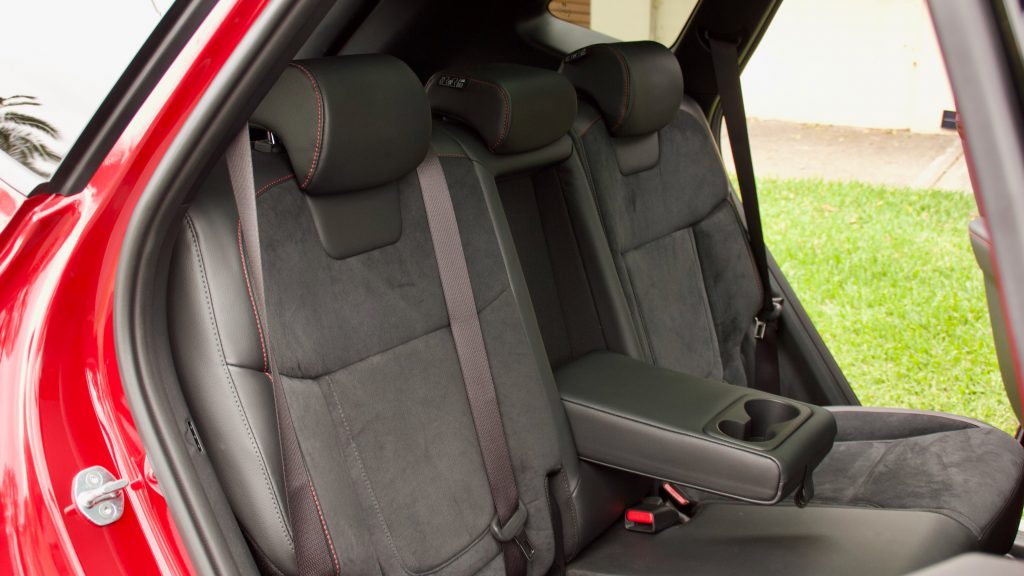
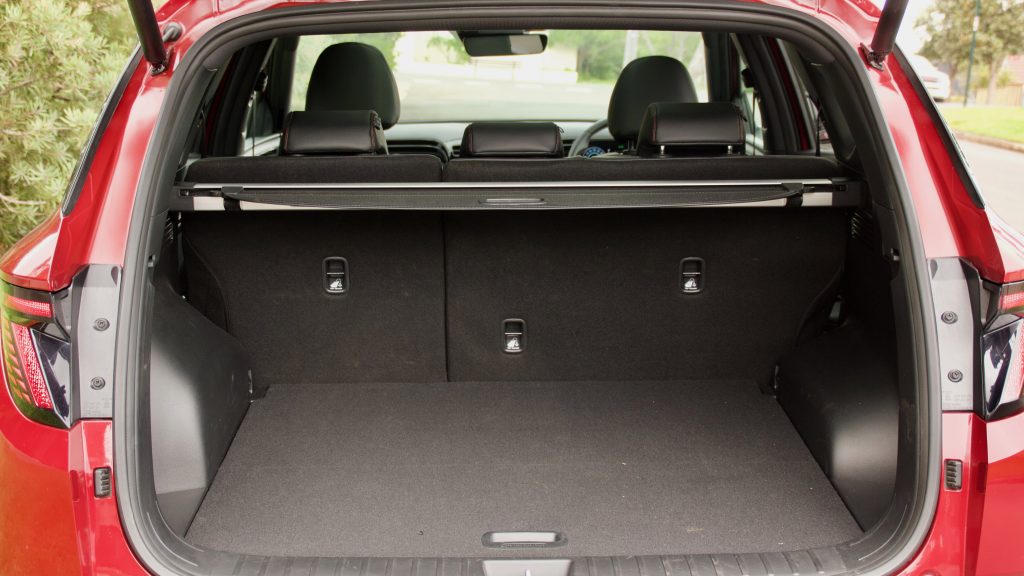
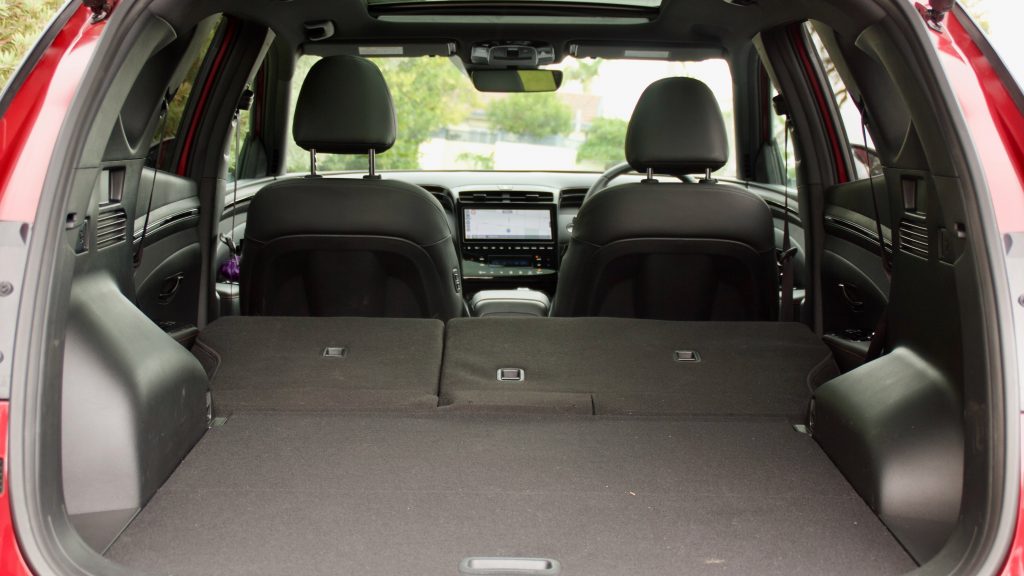
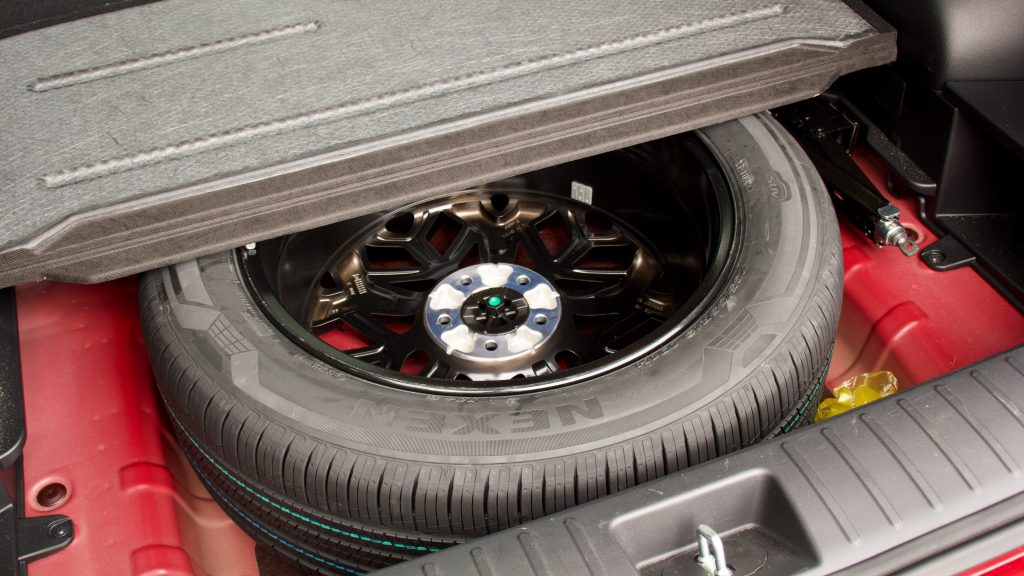
Leave a Reply